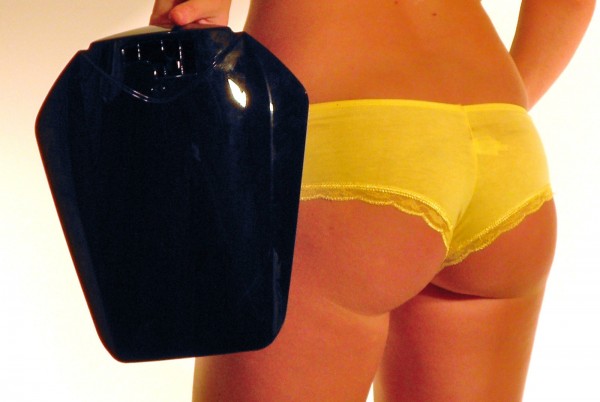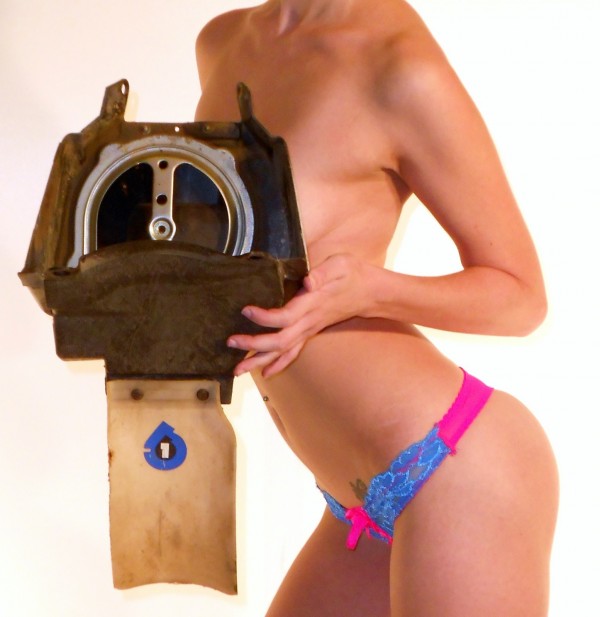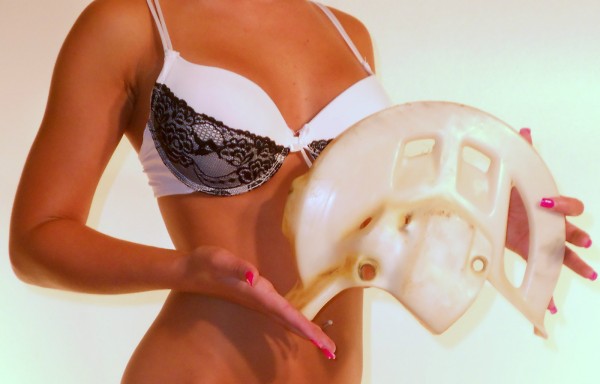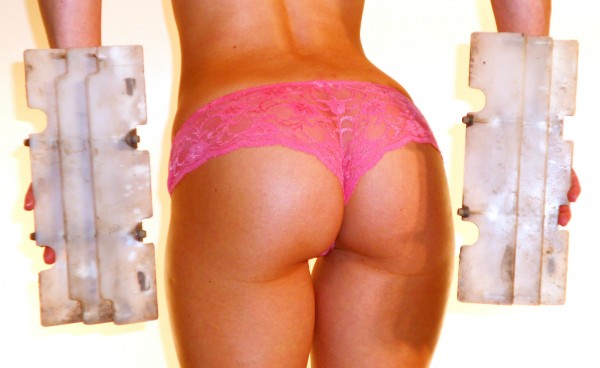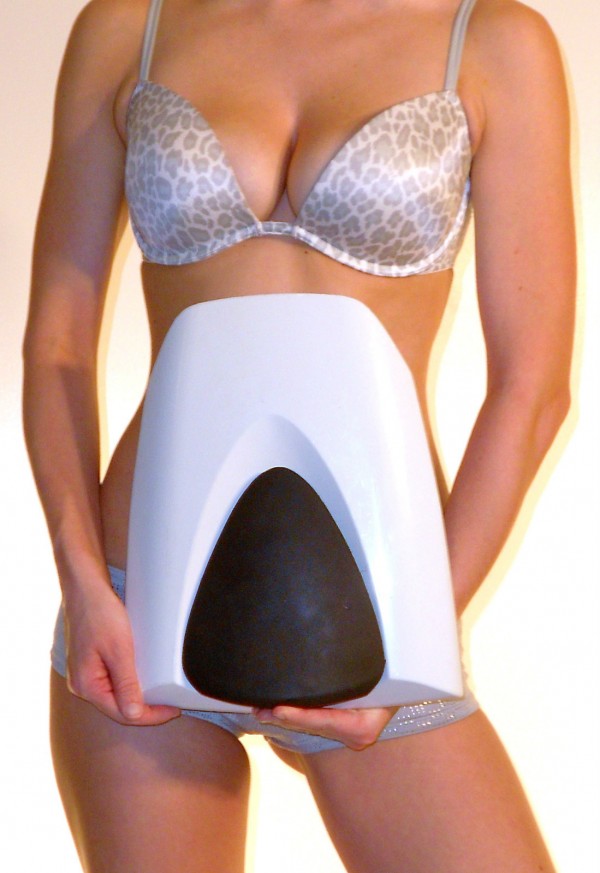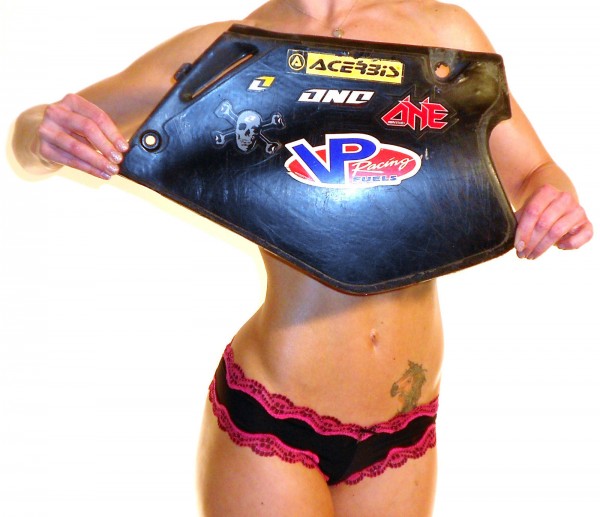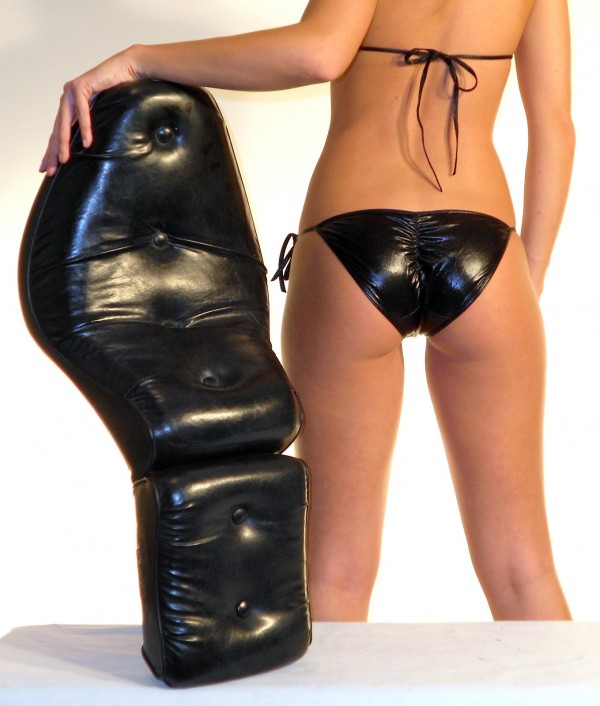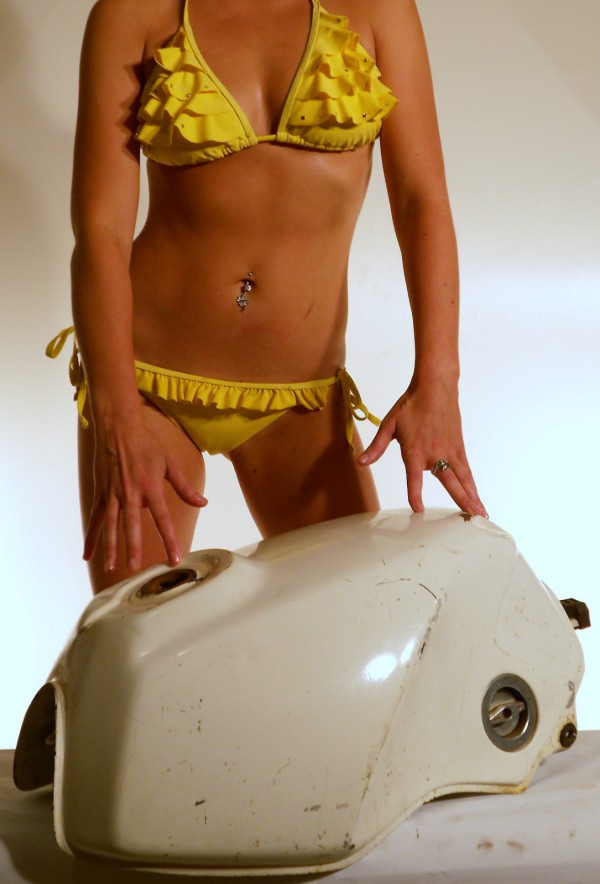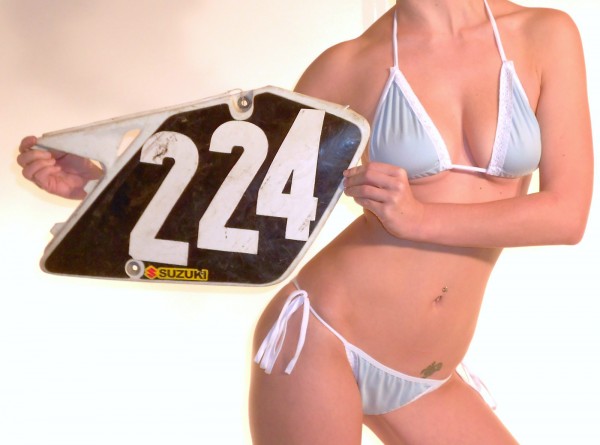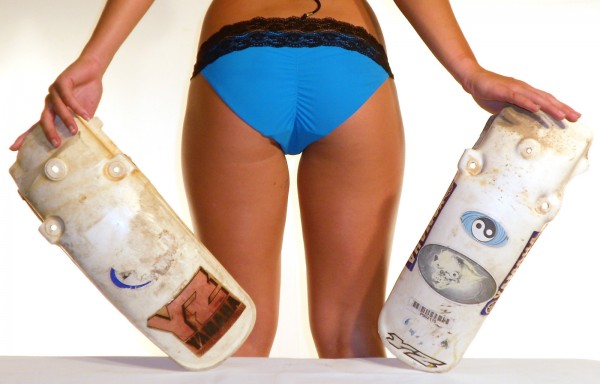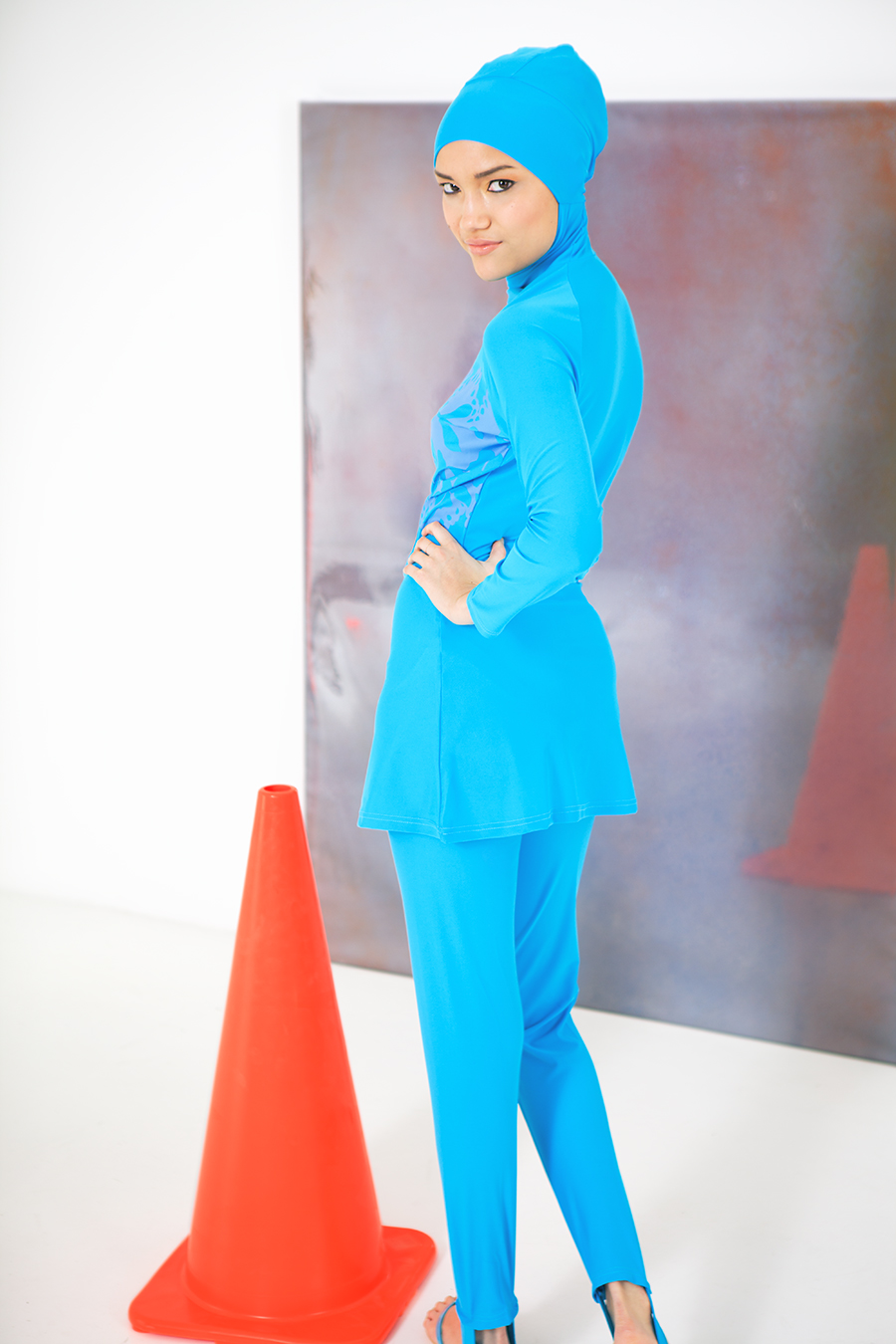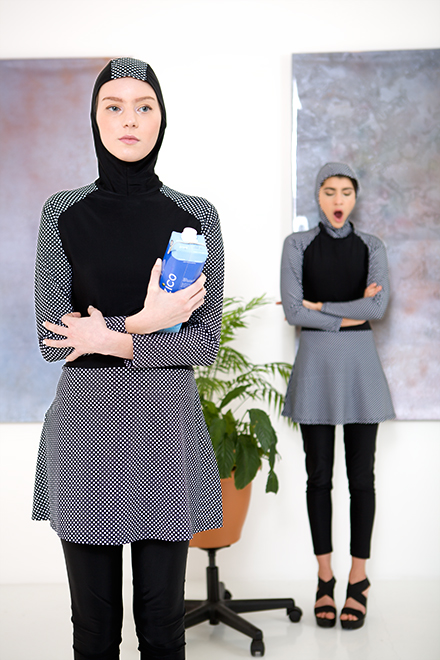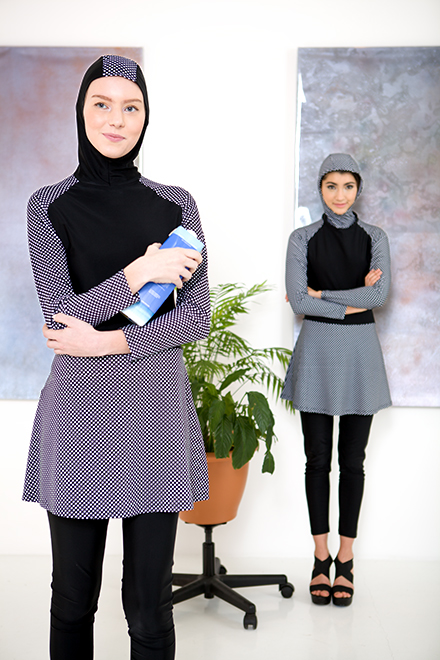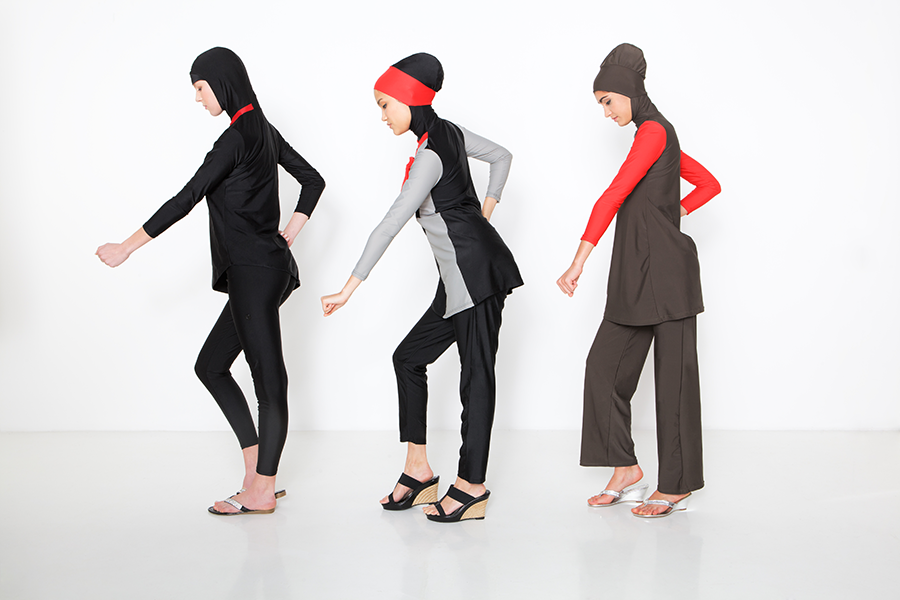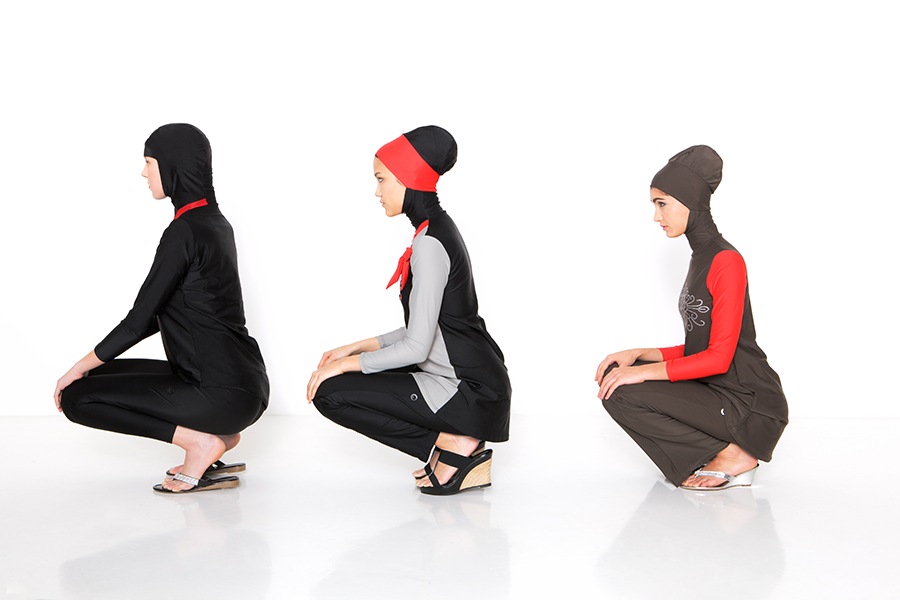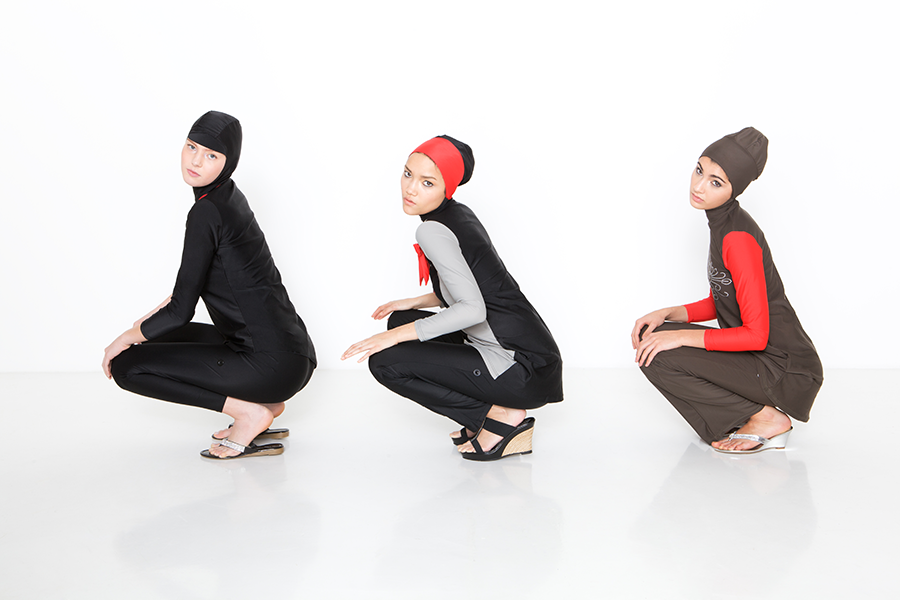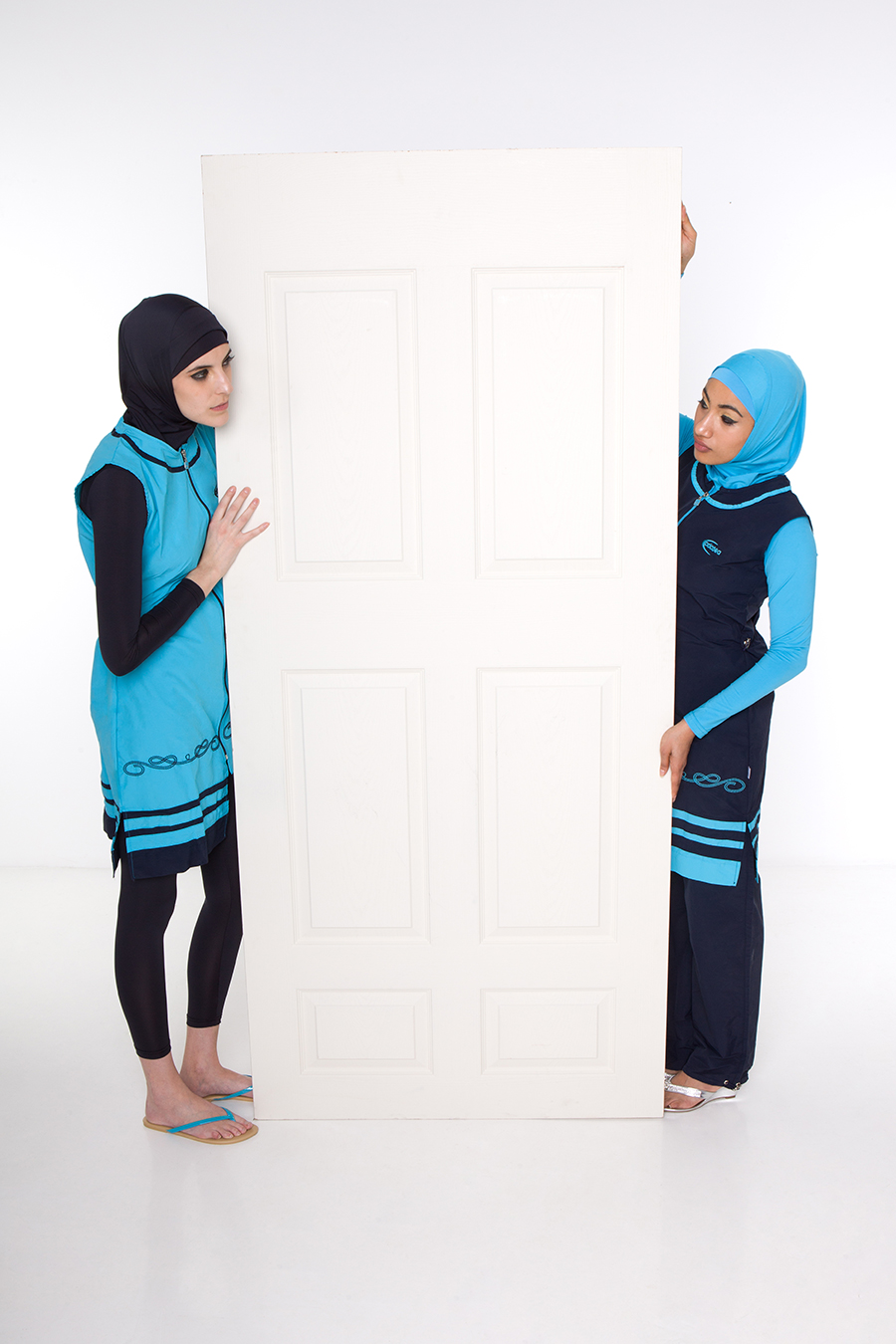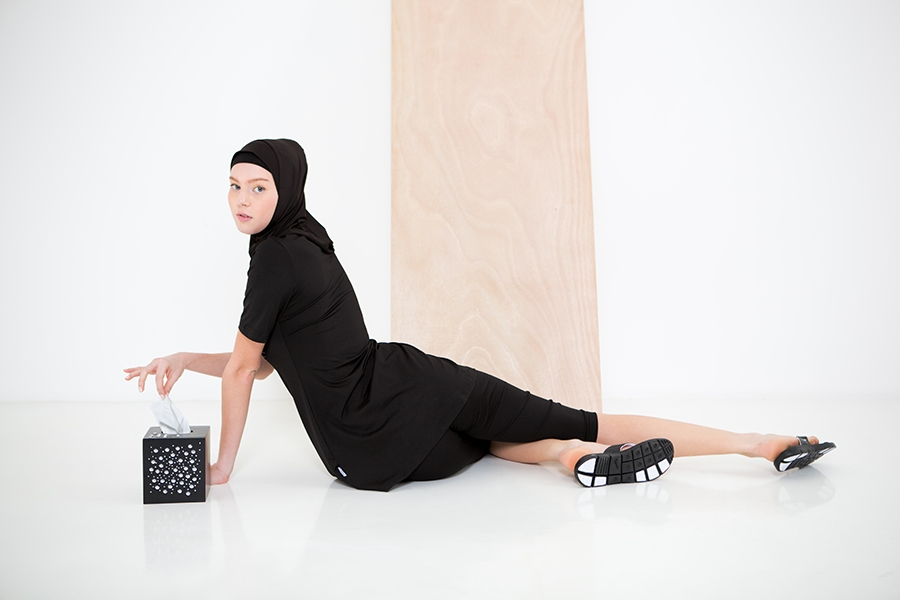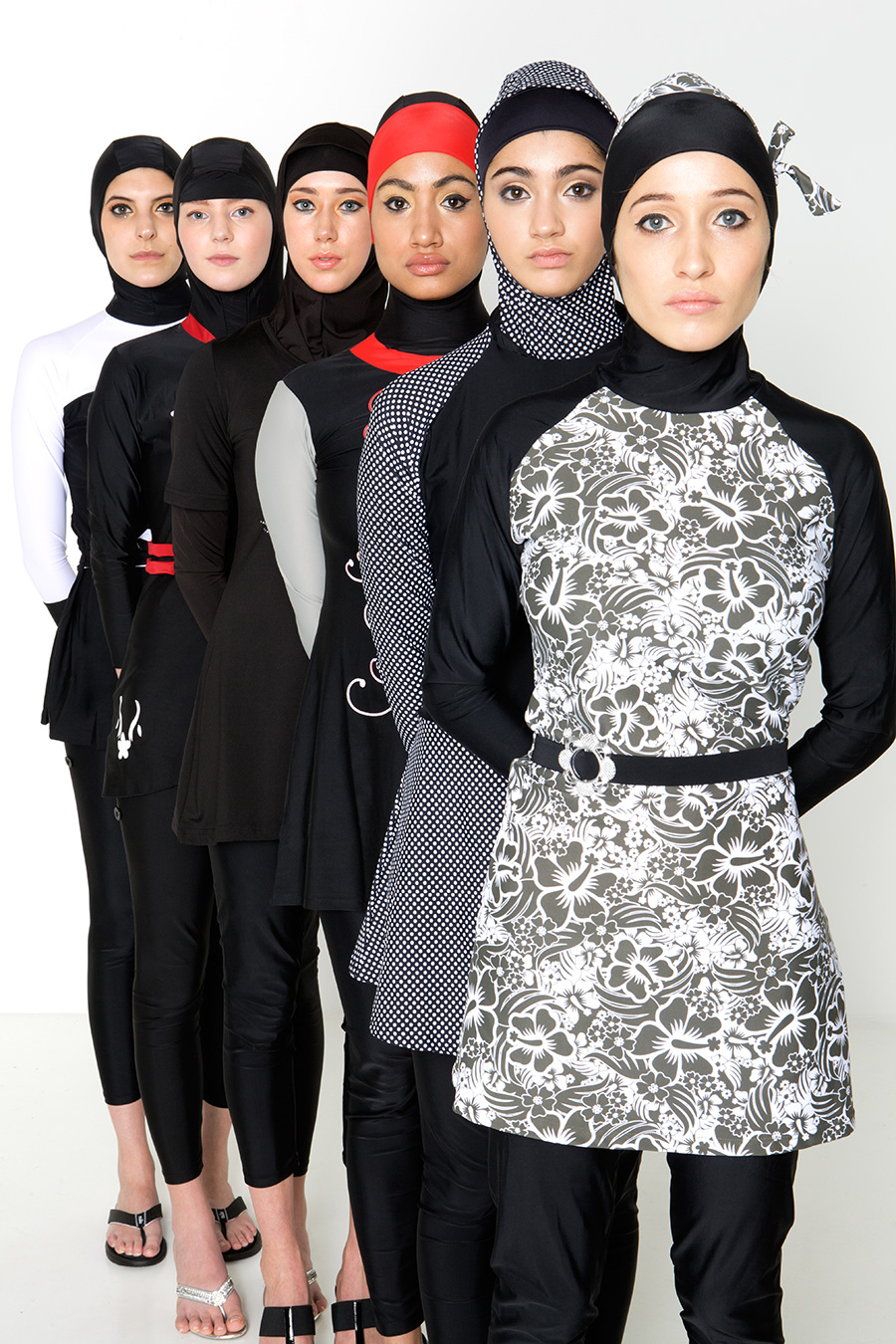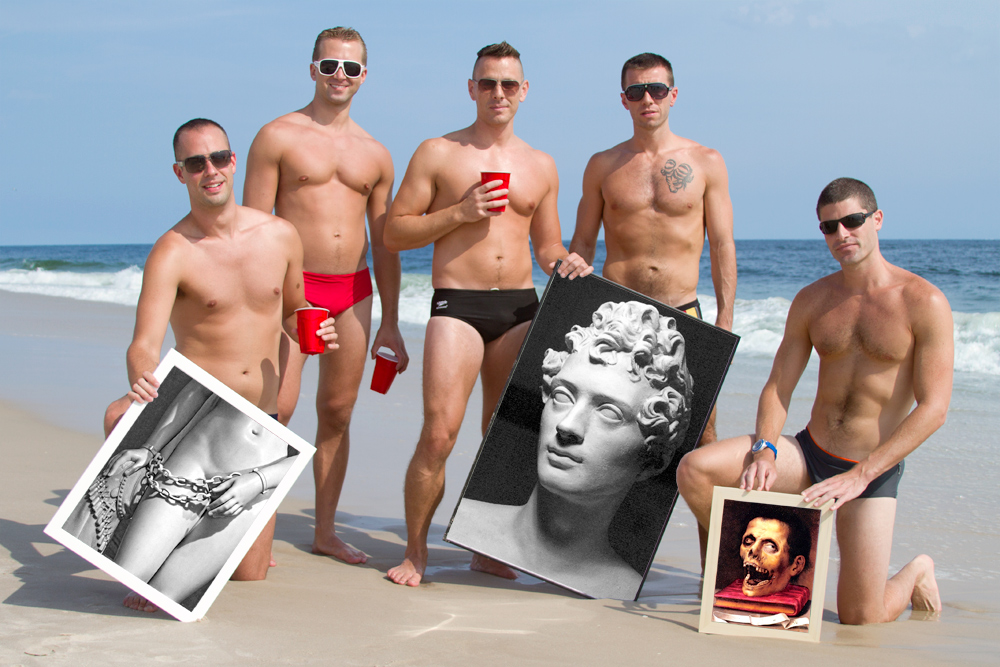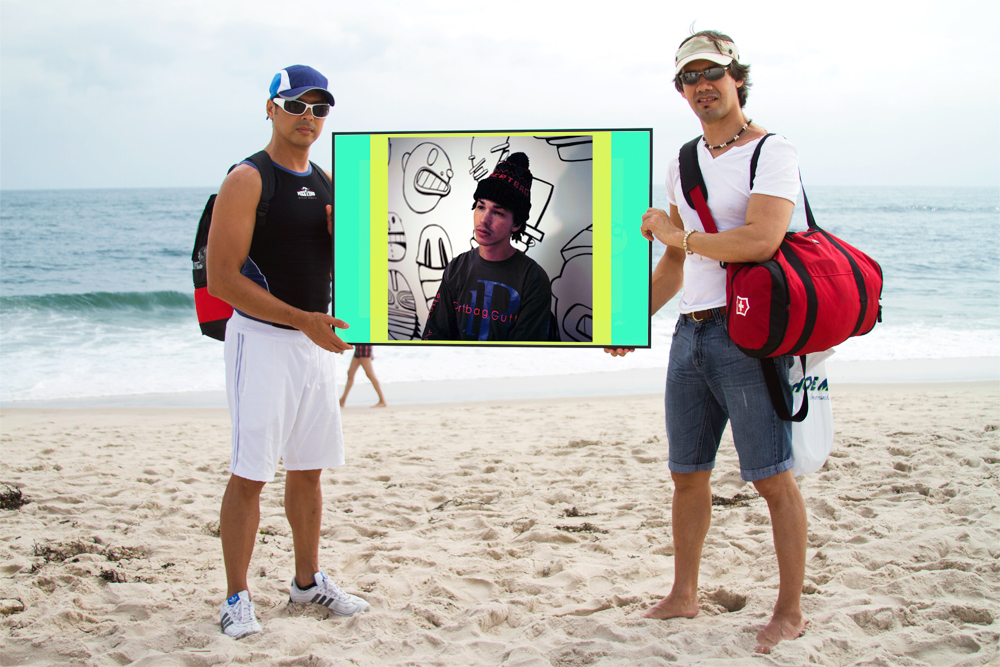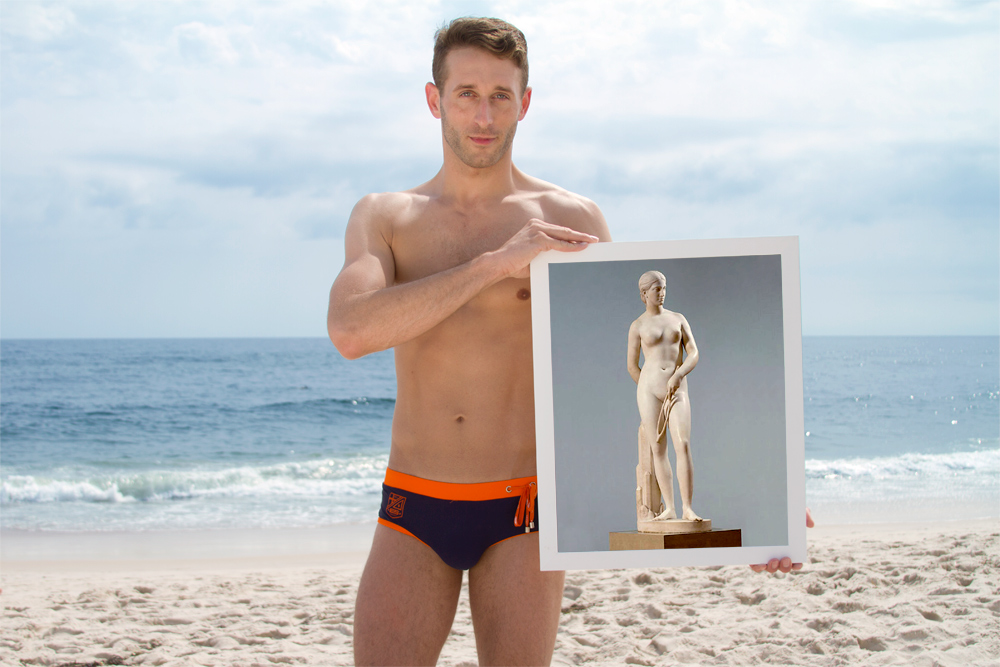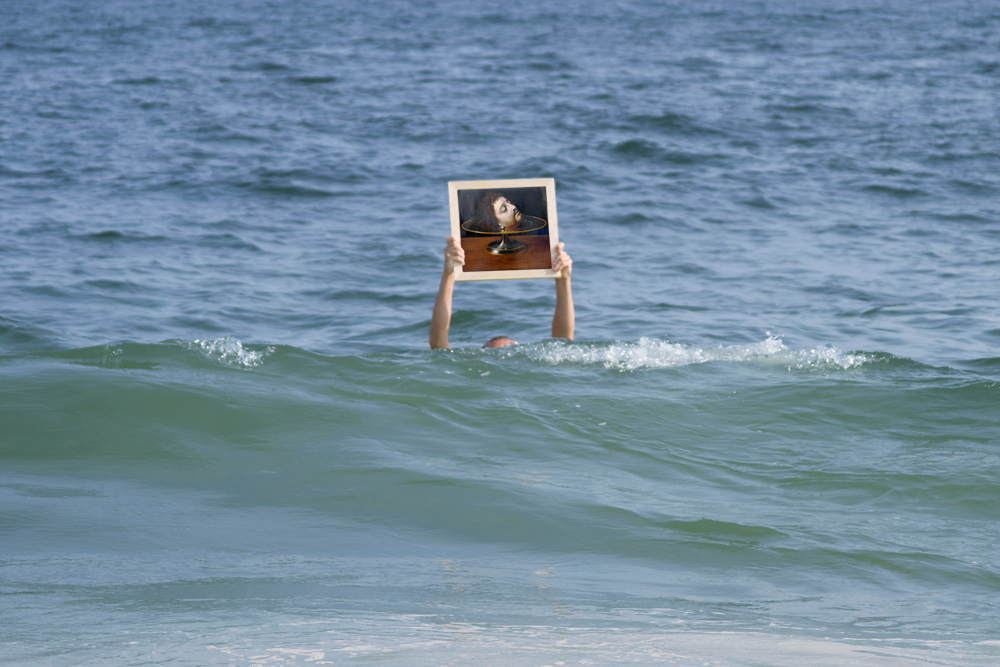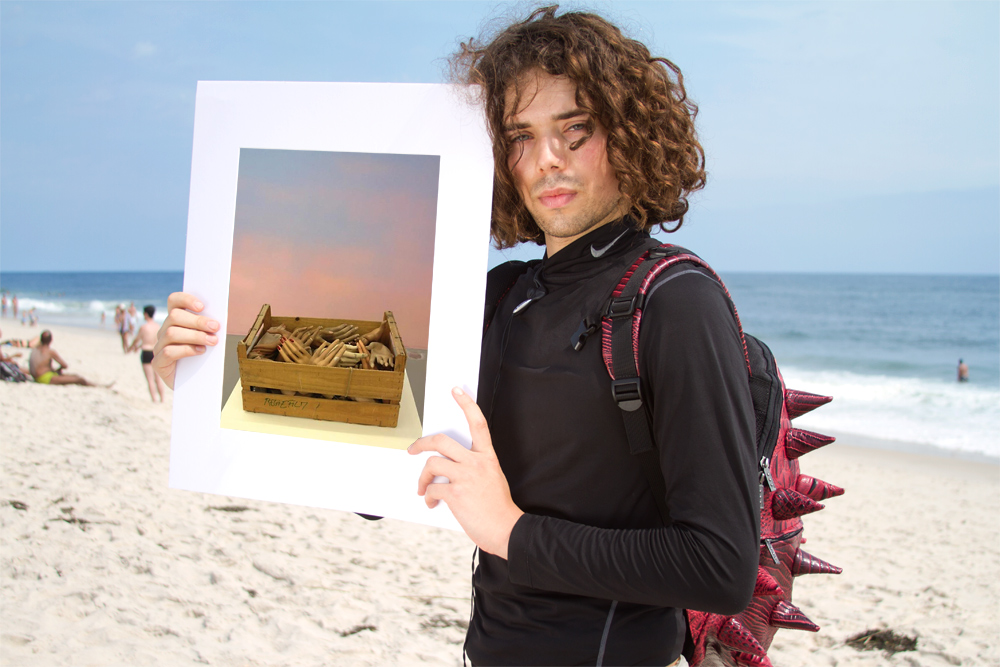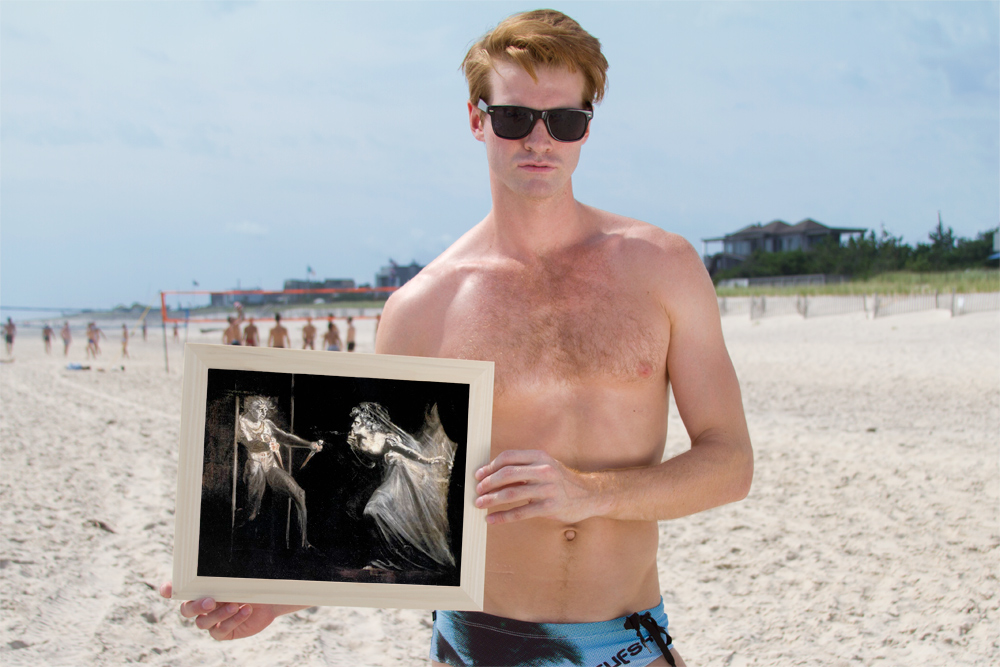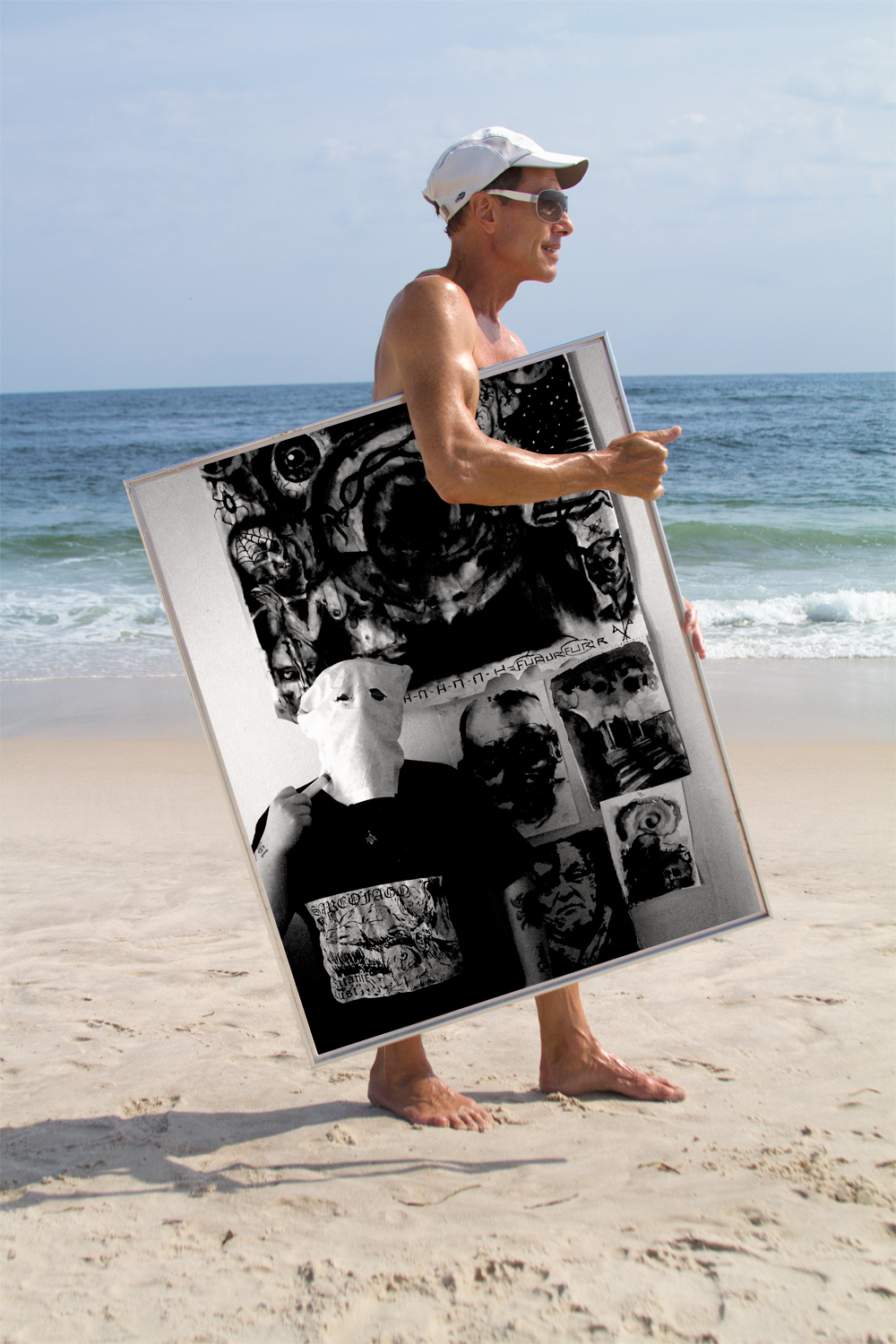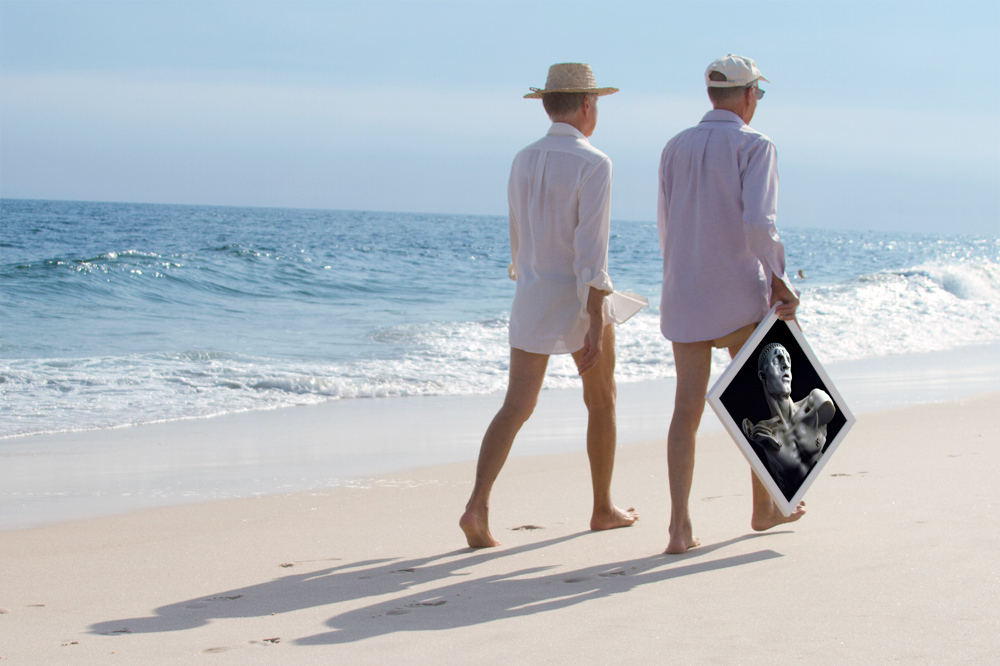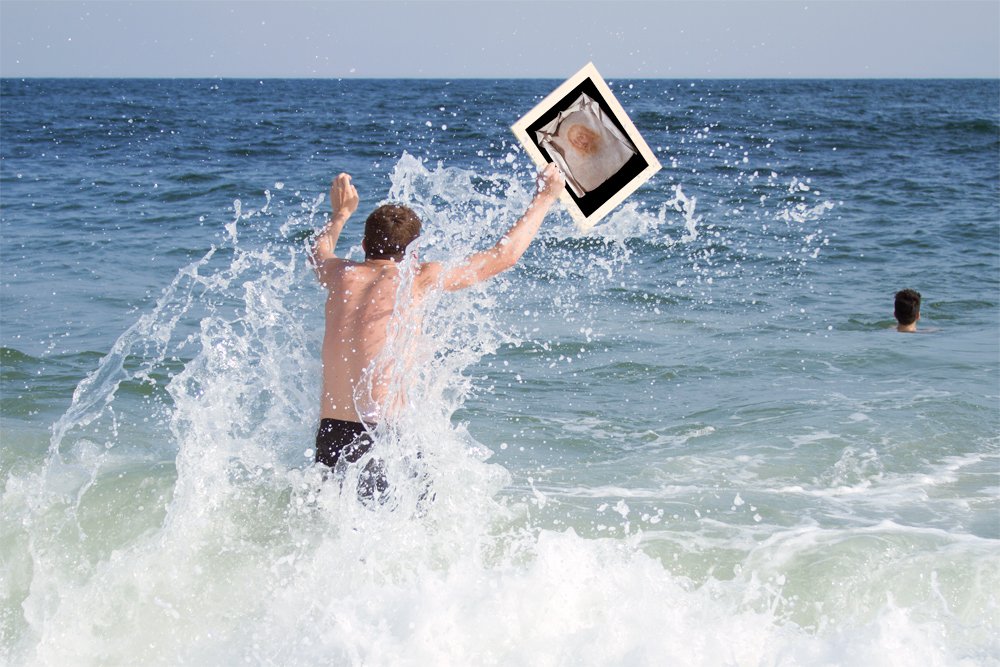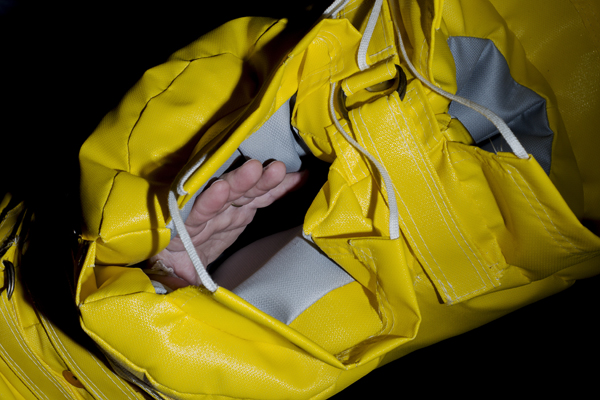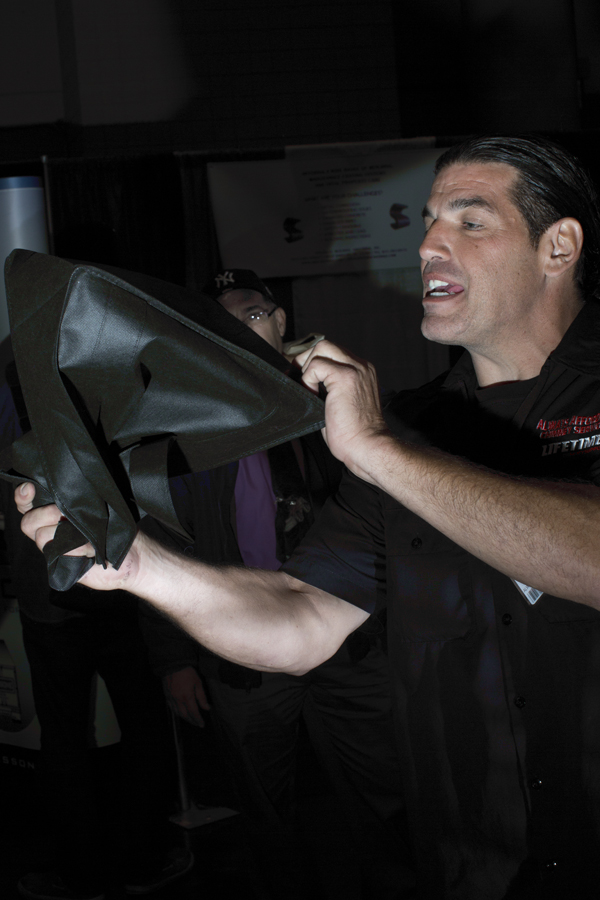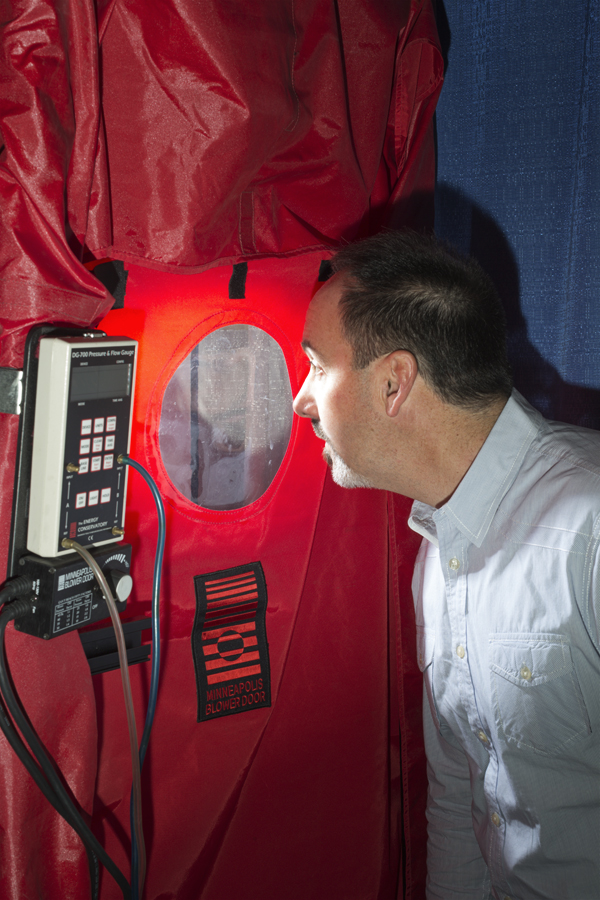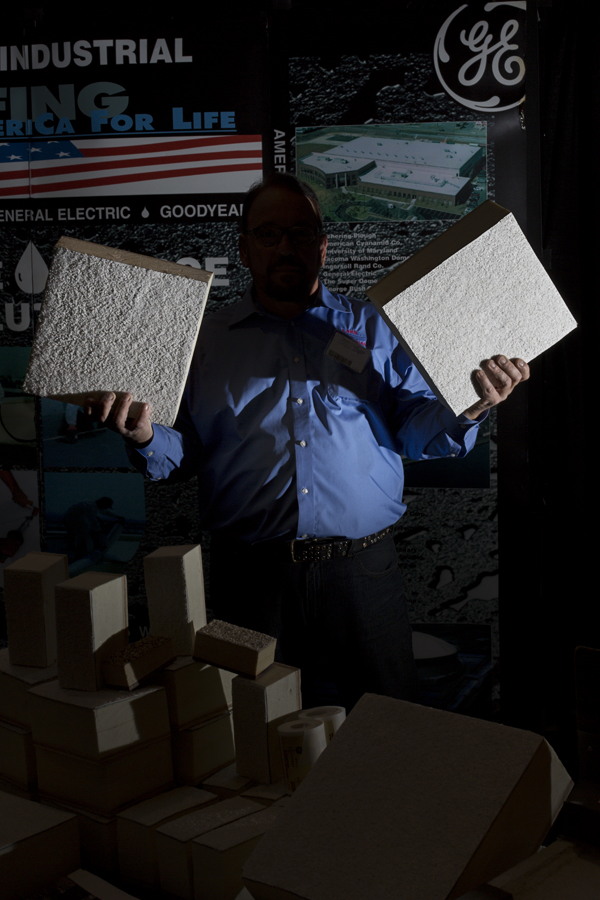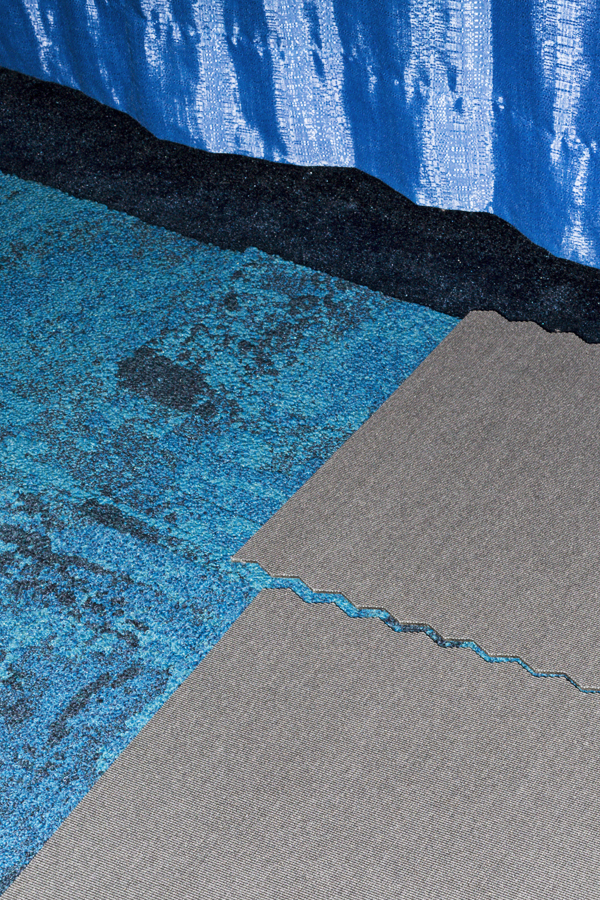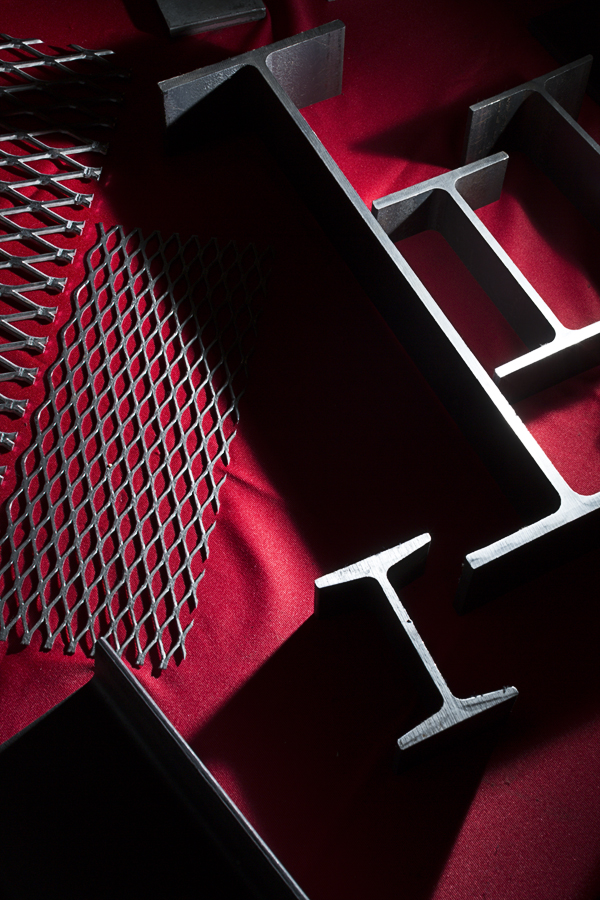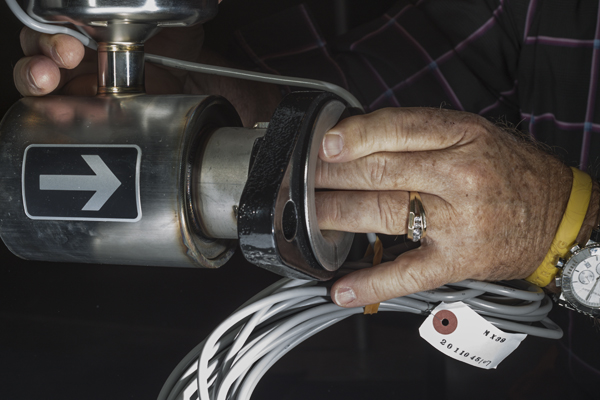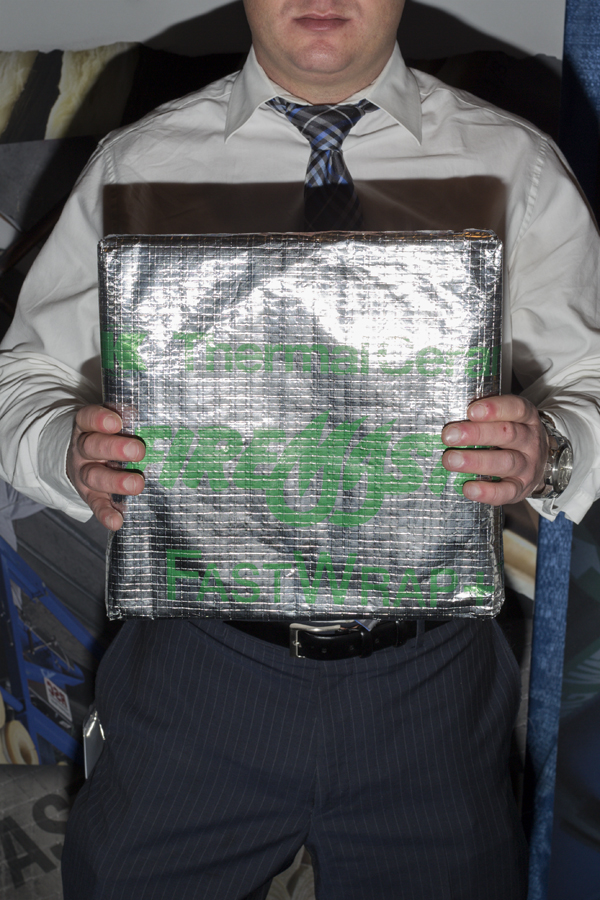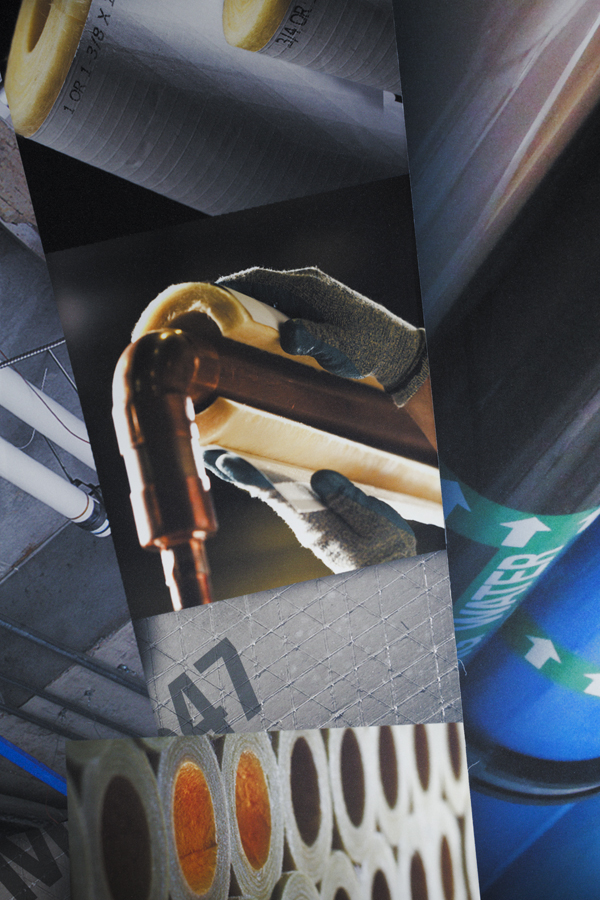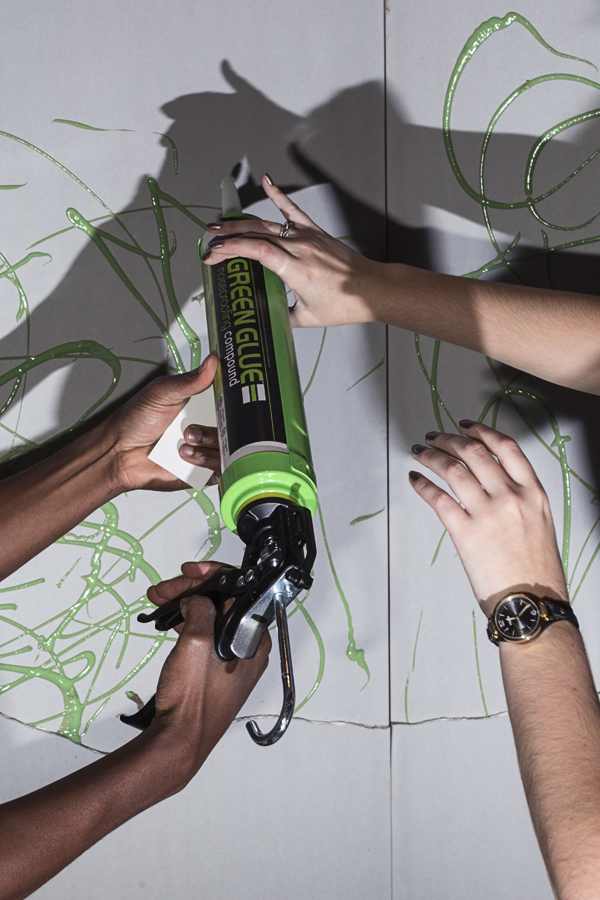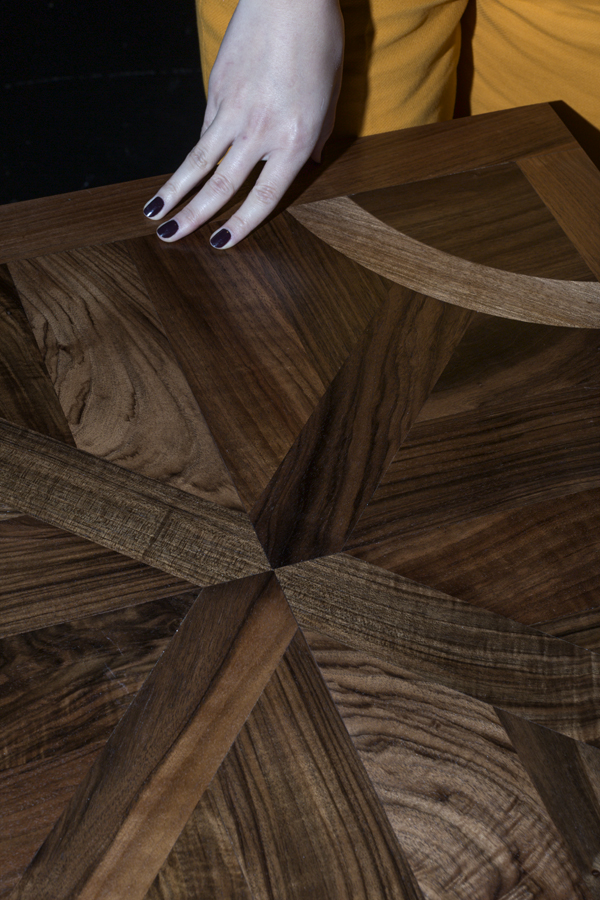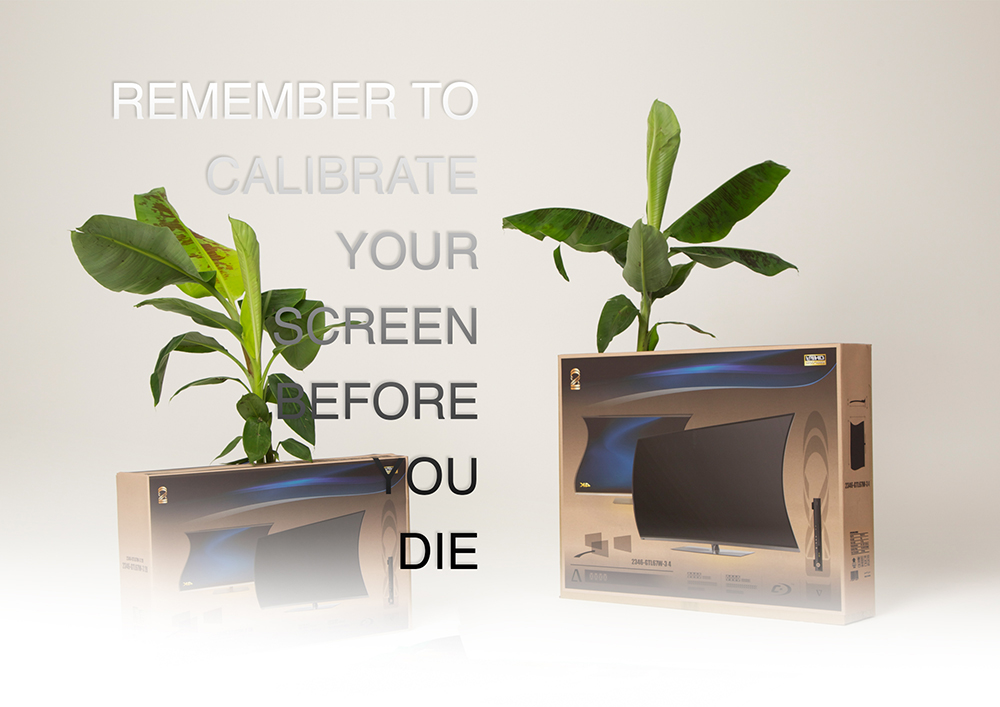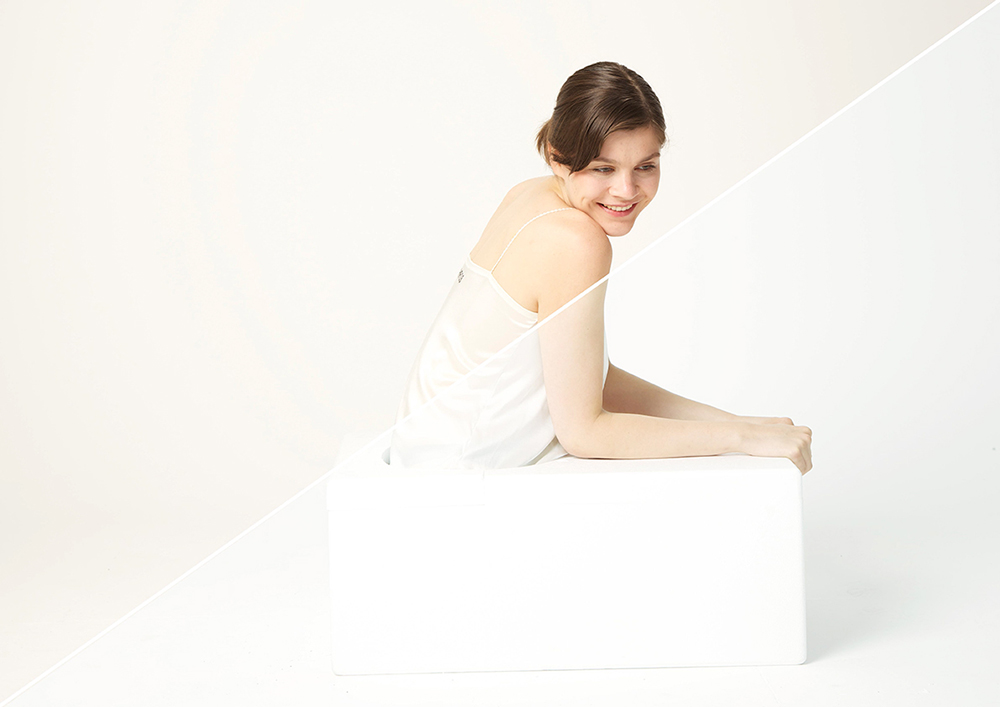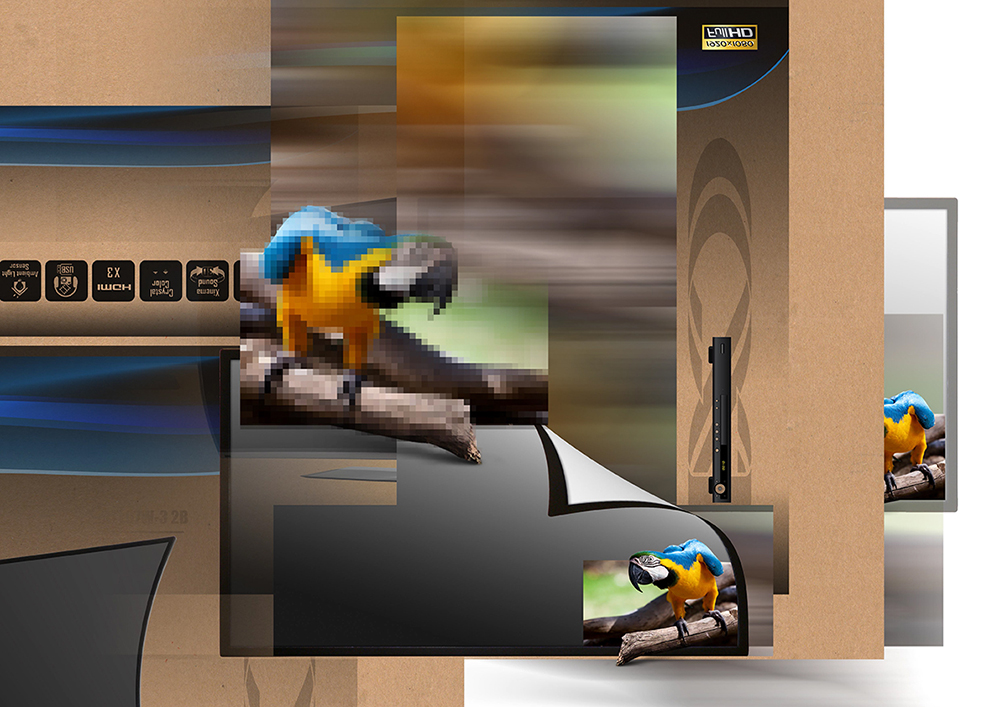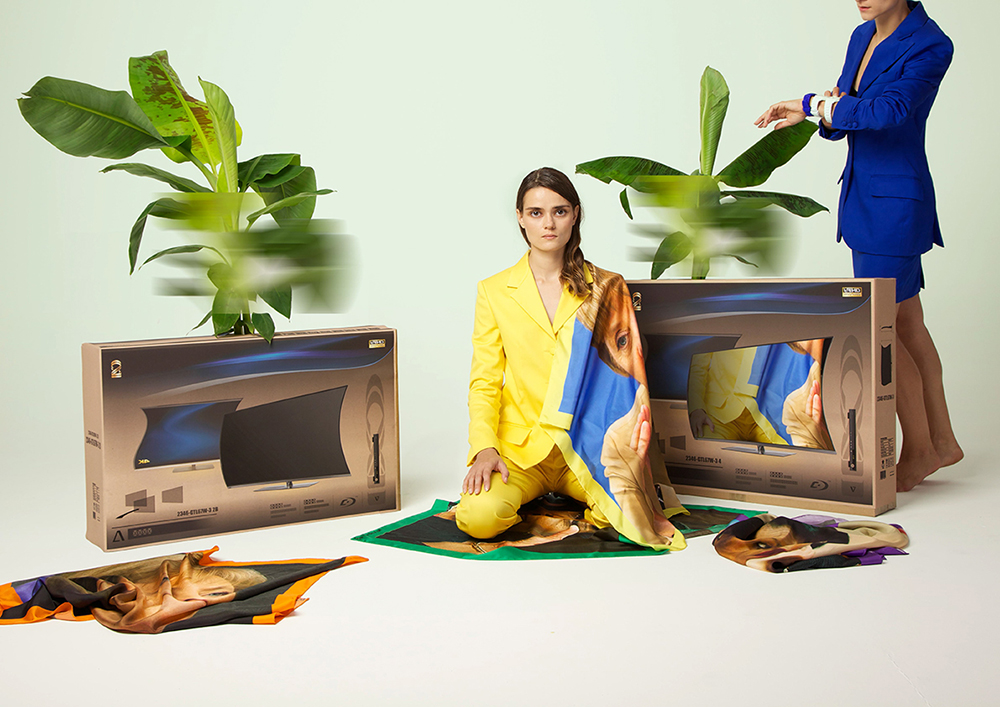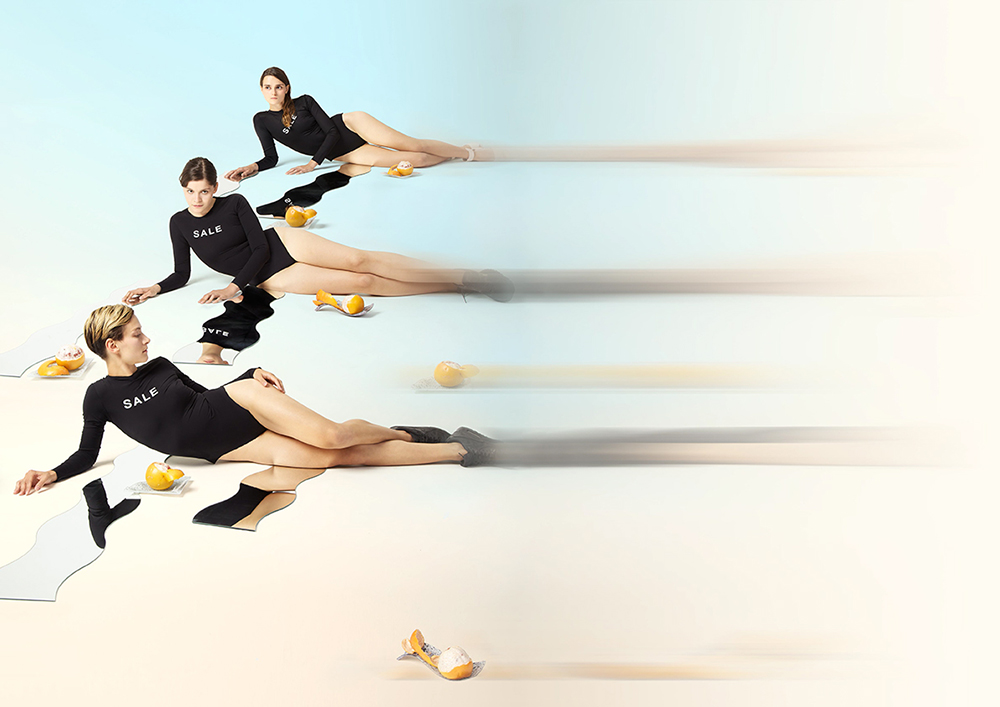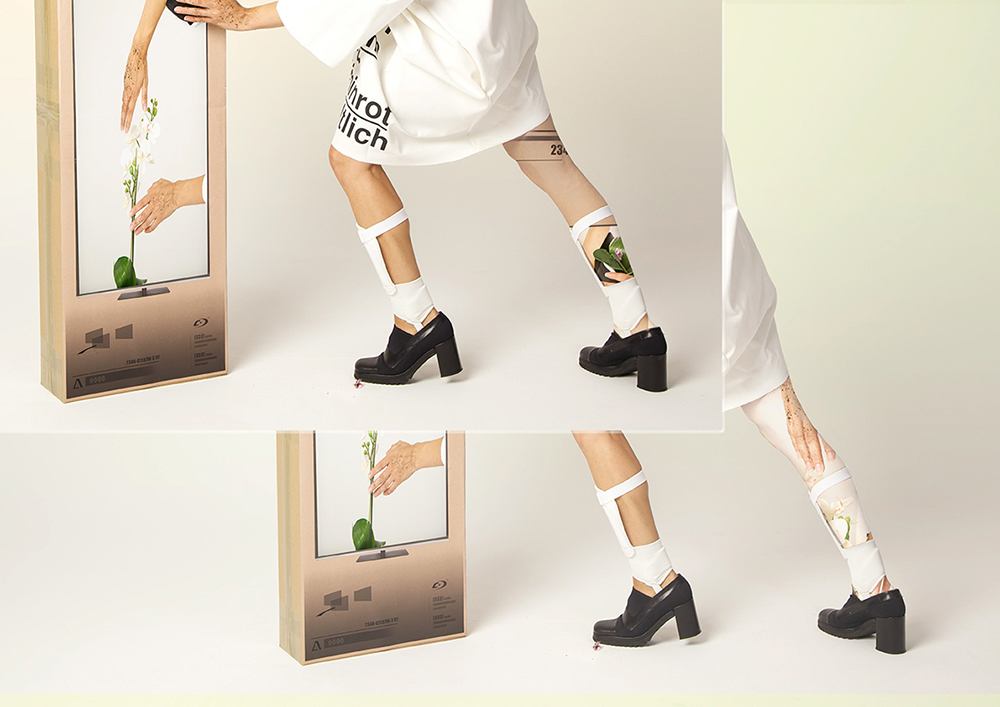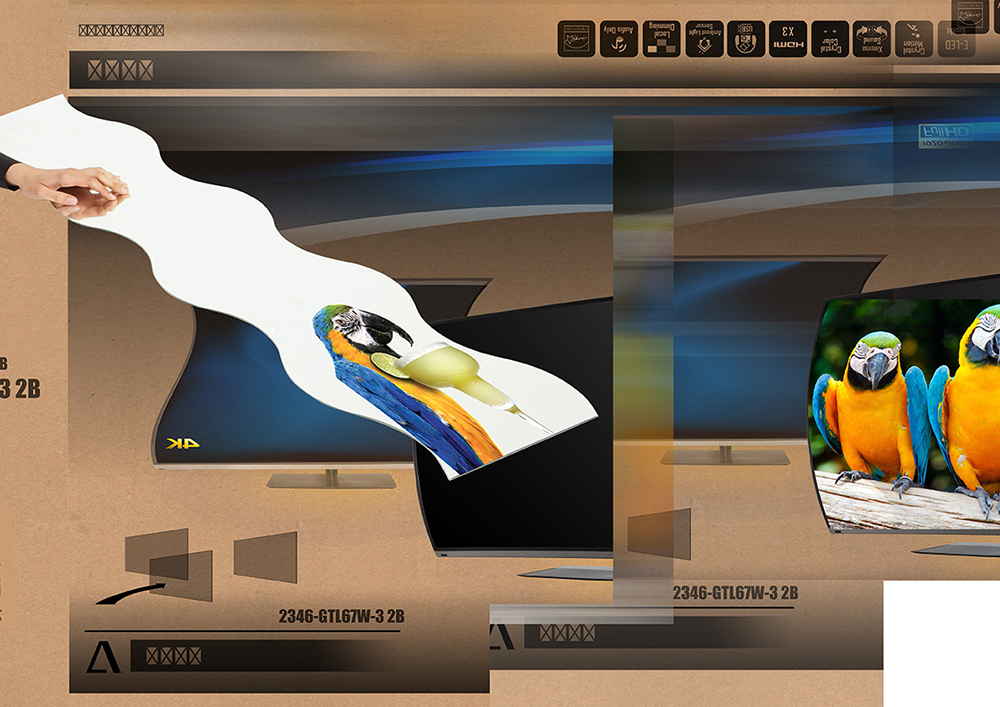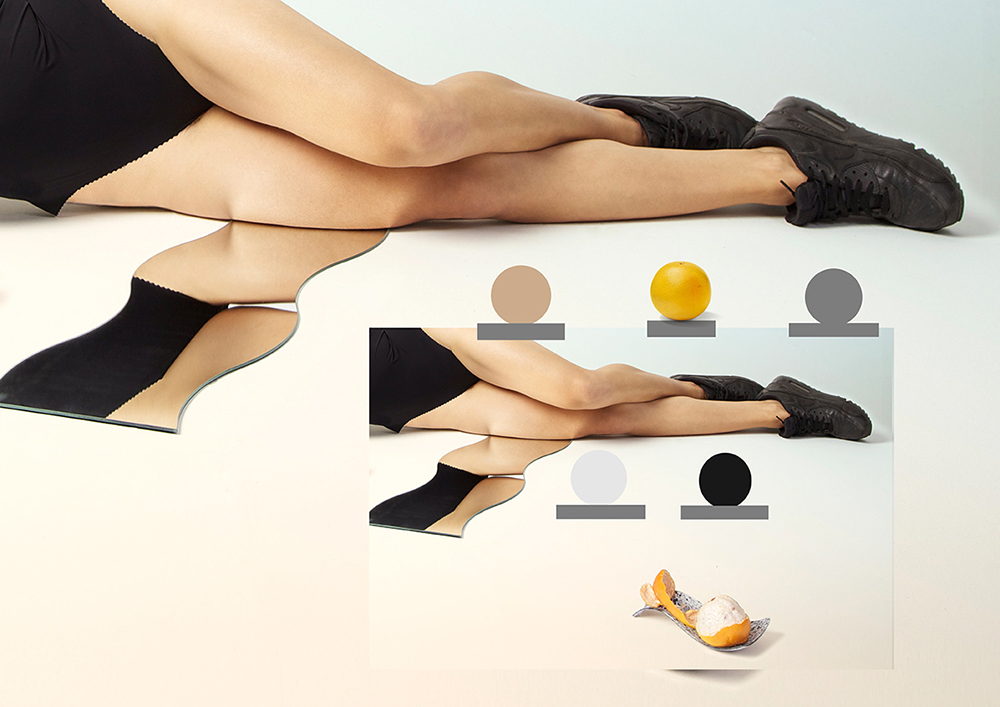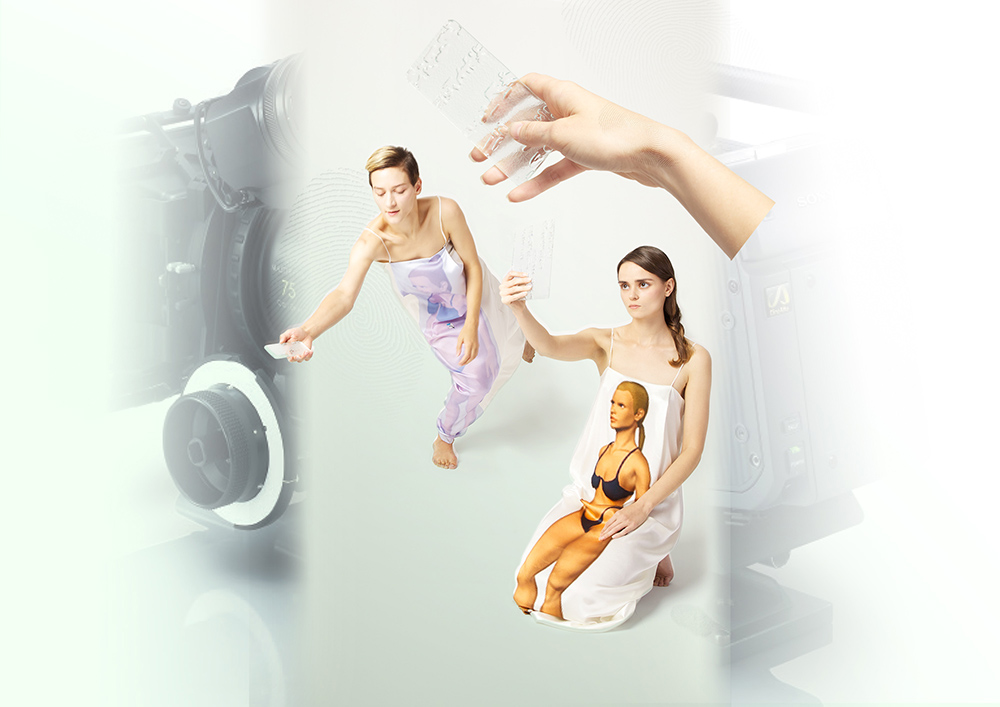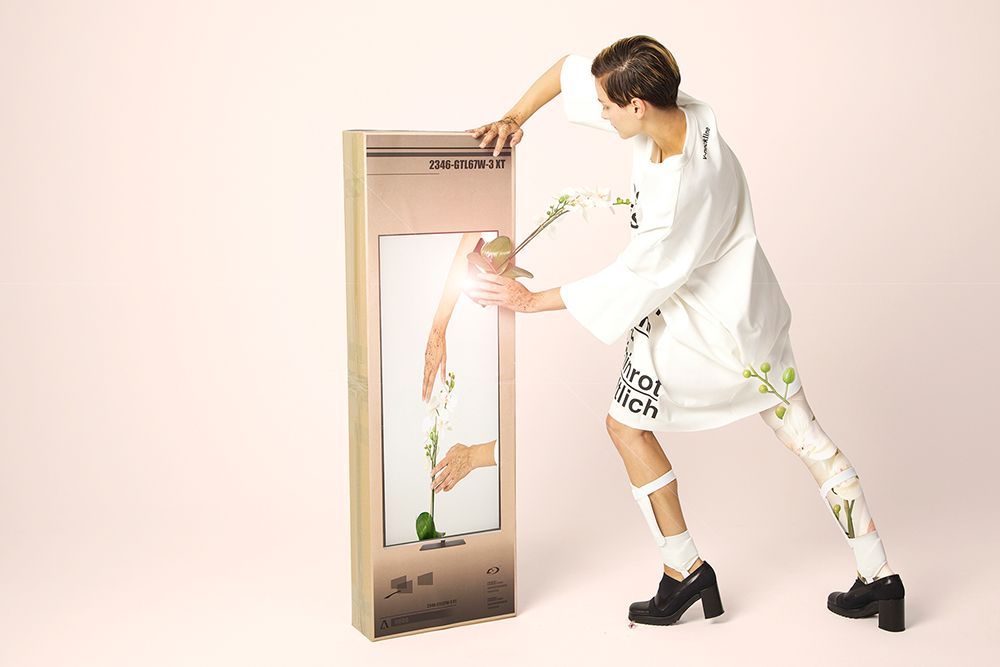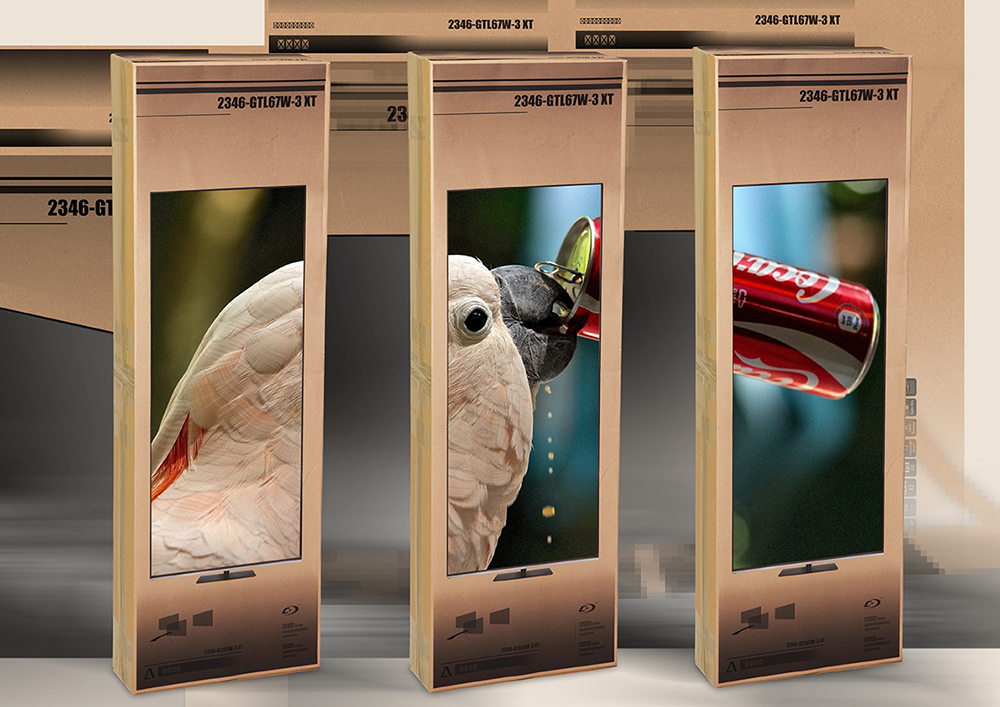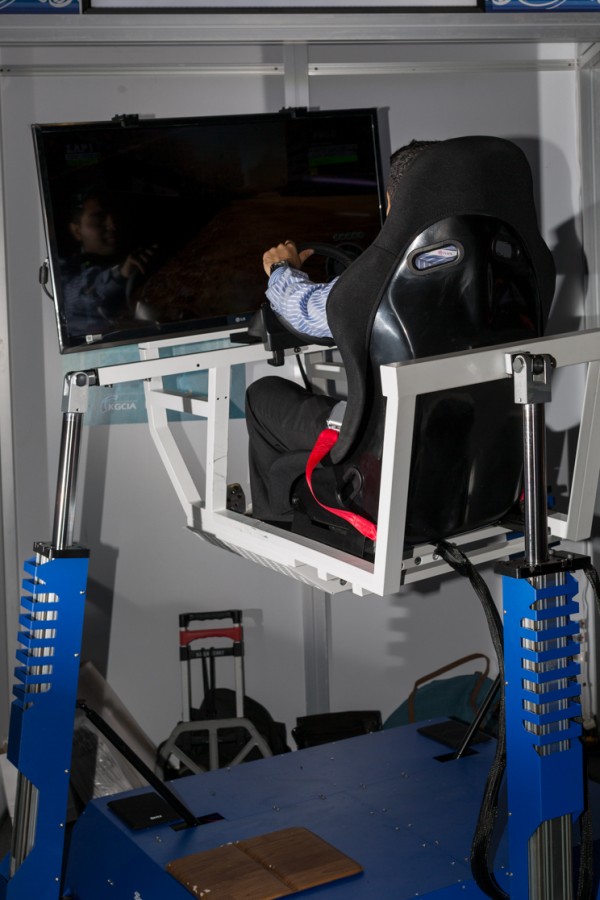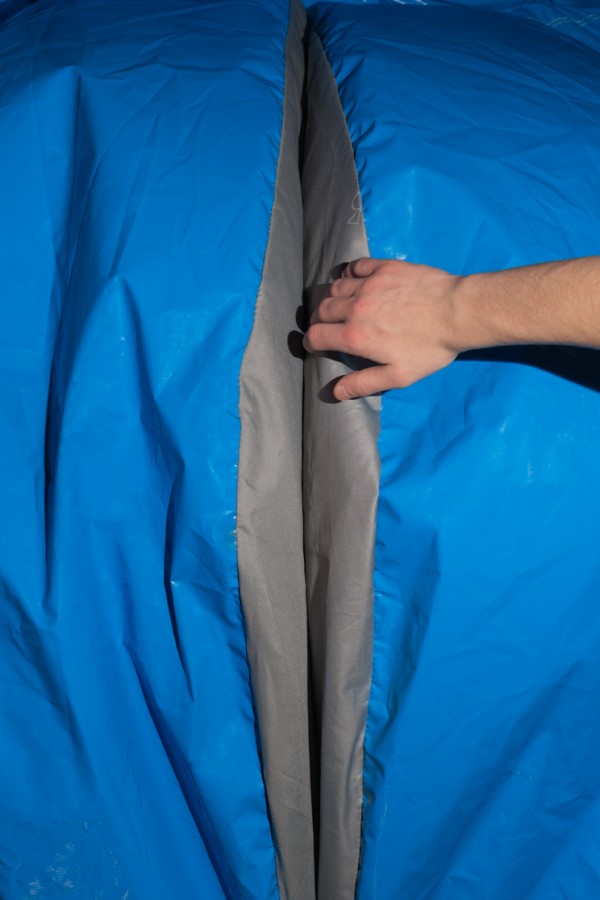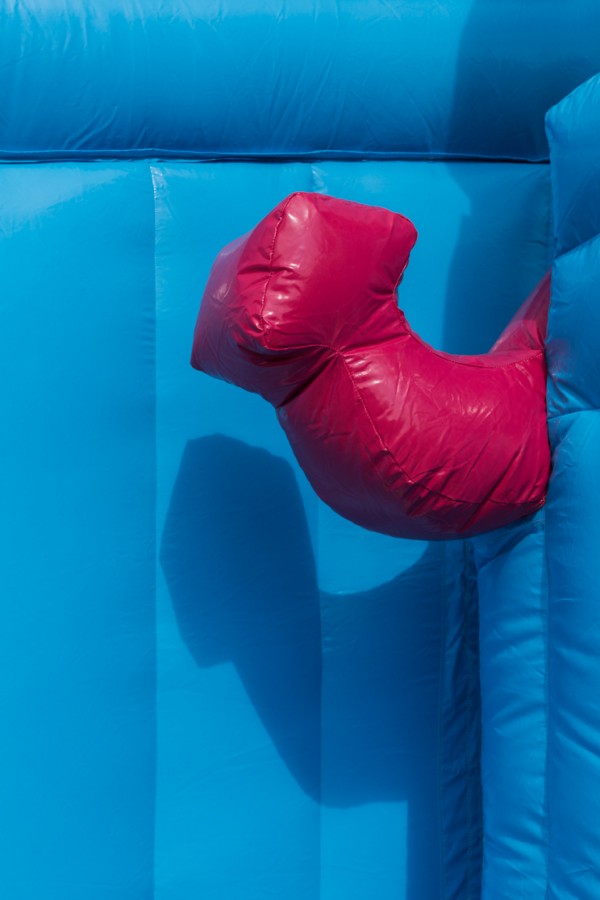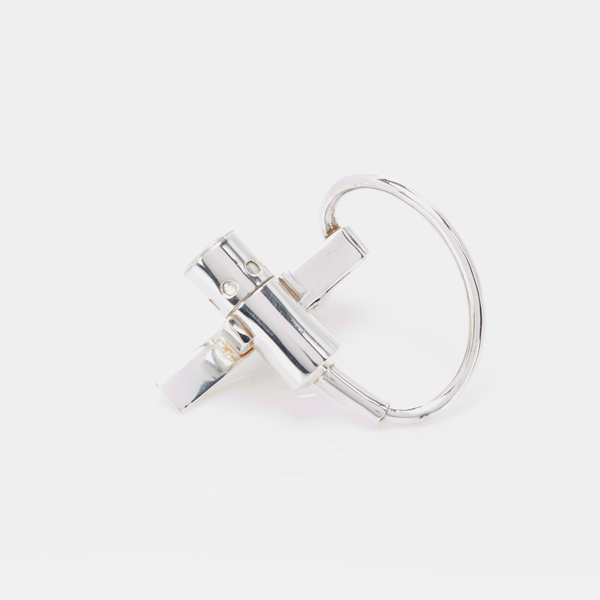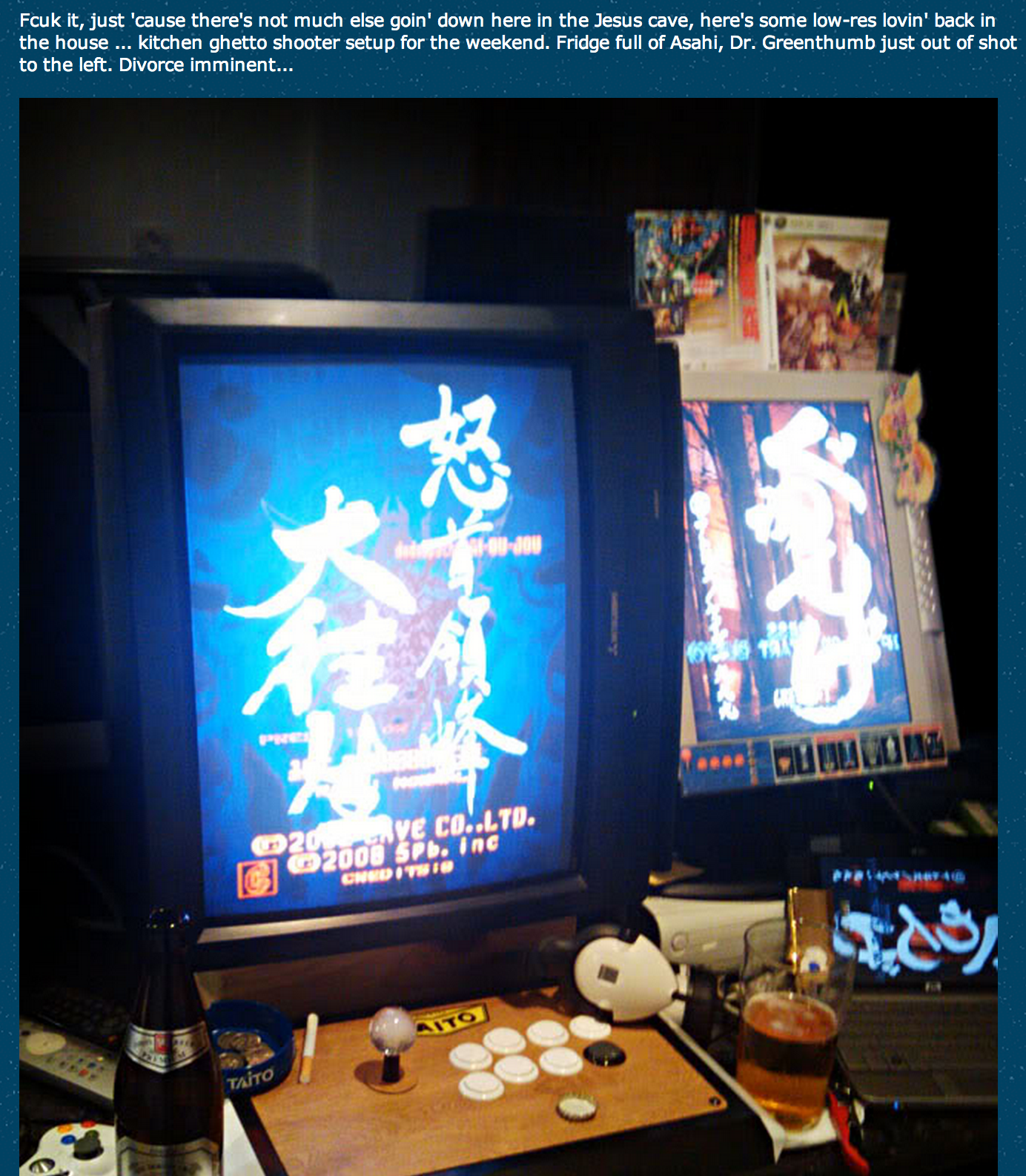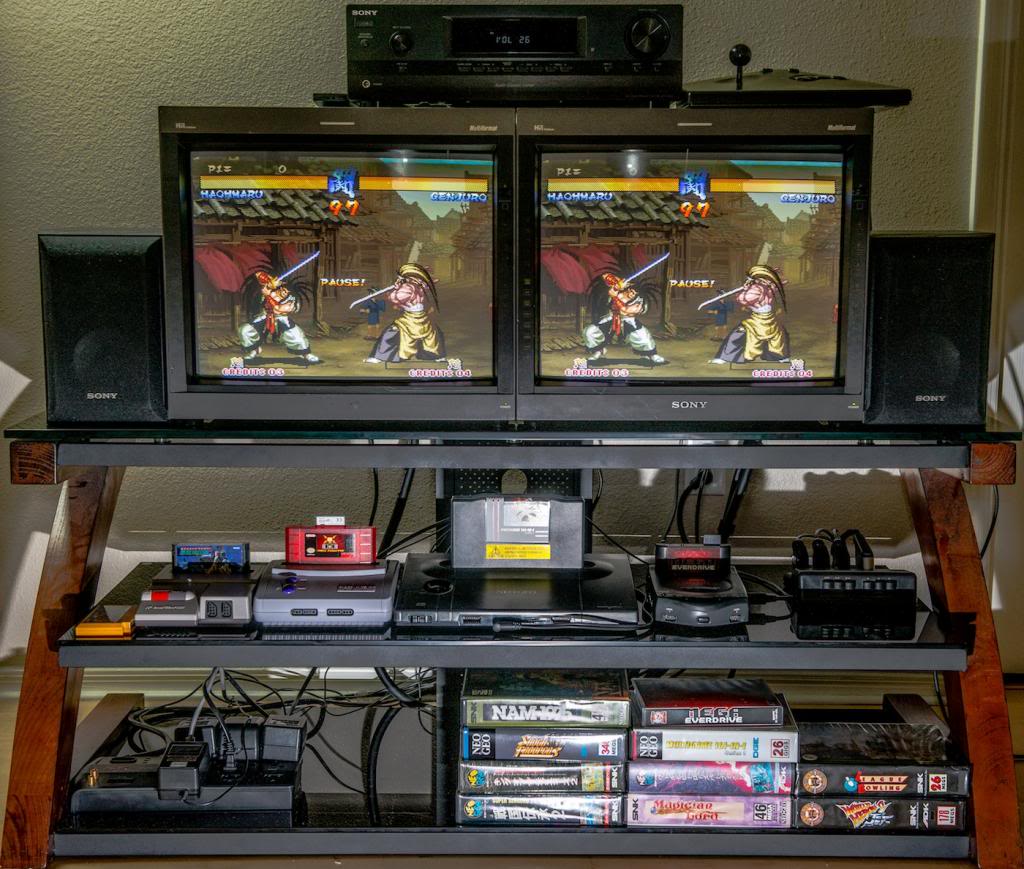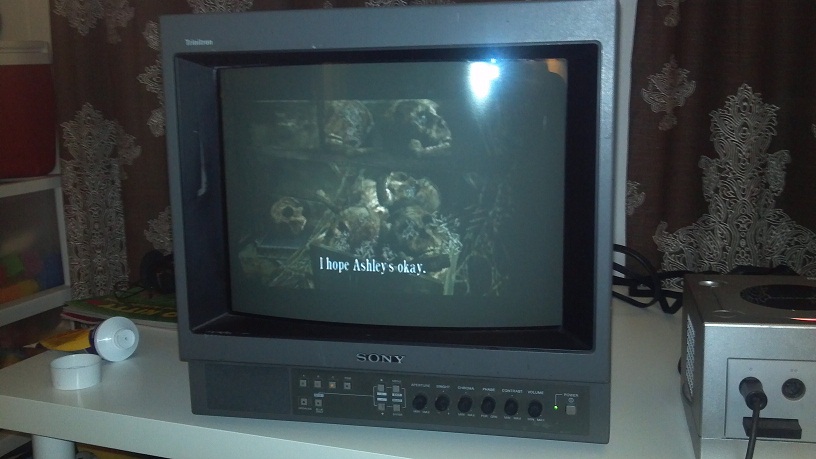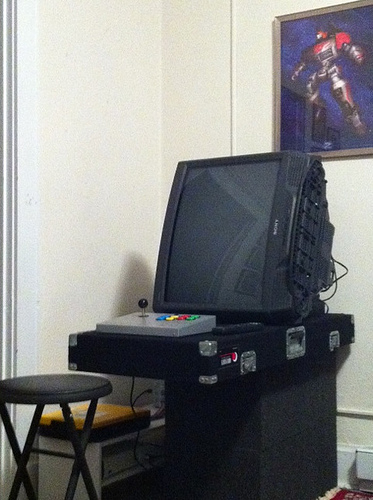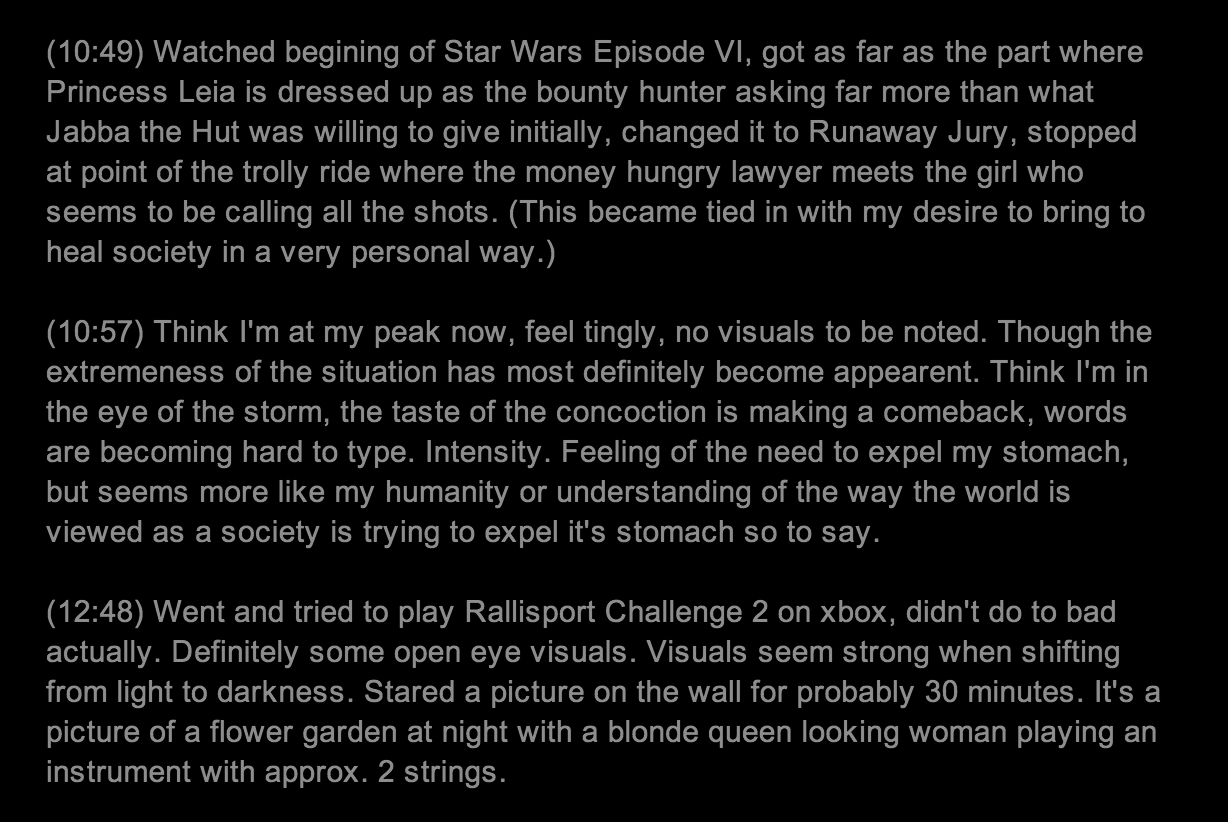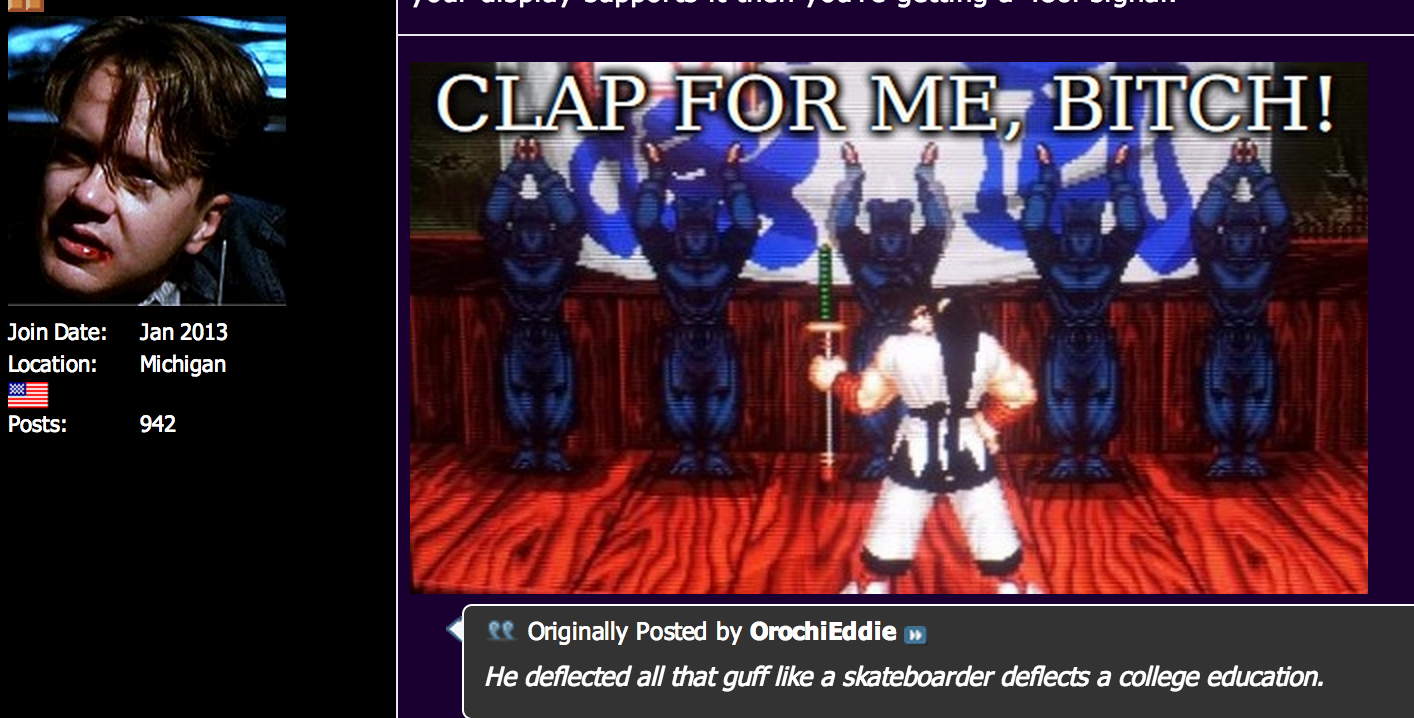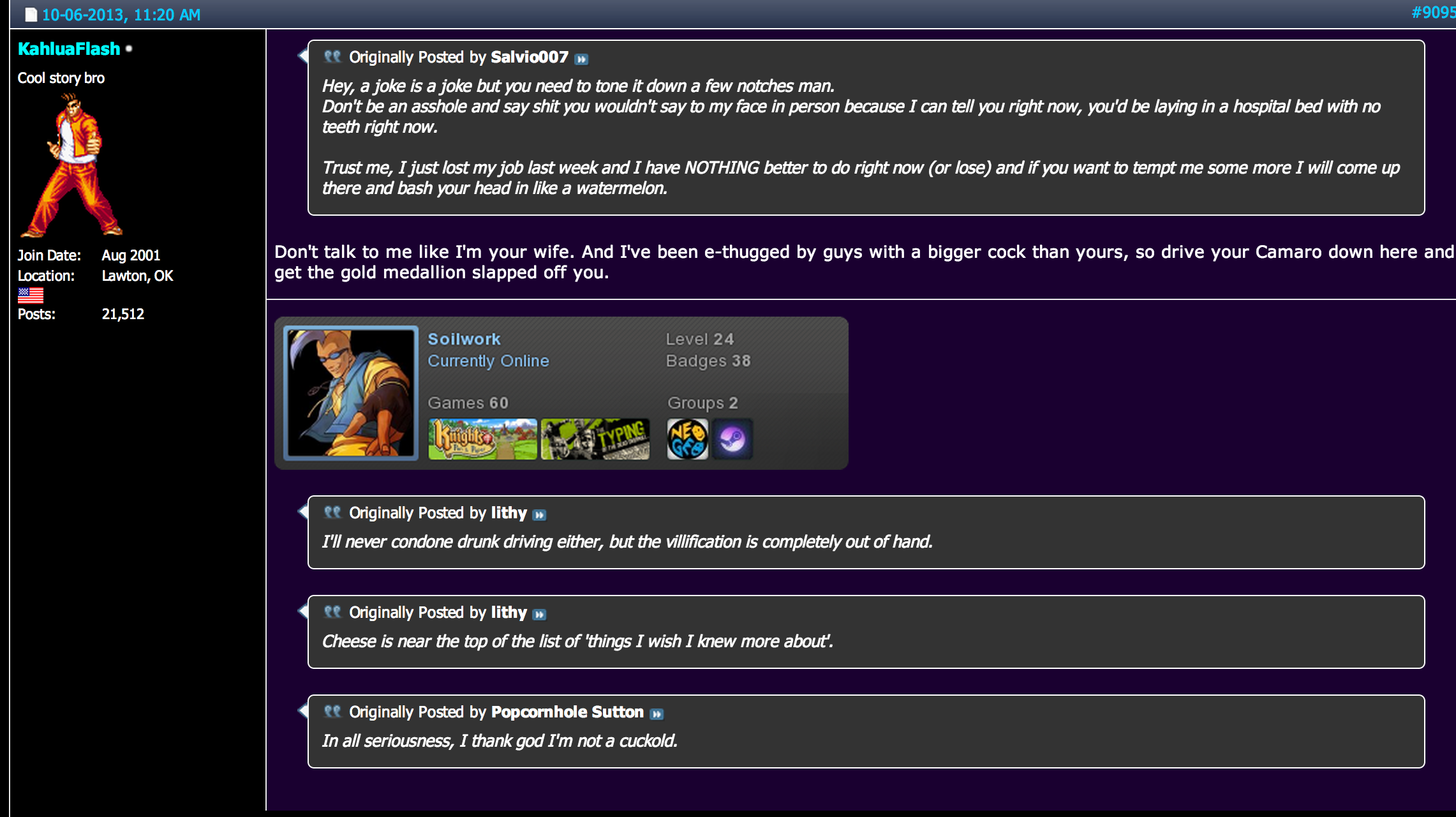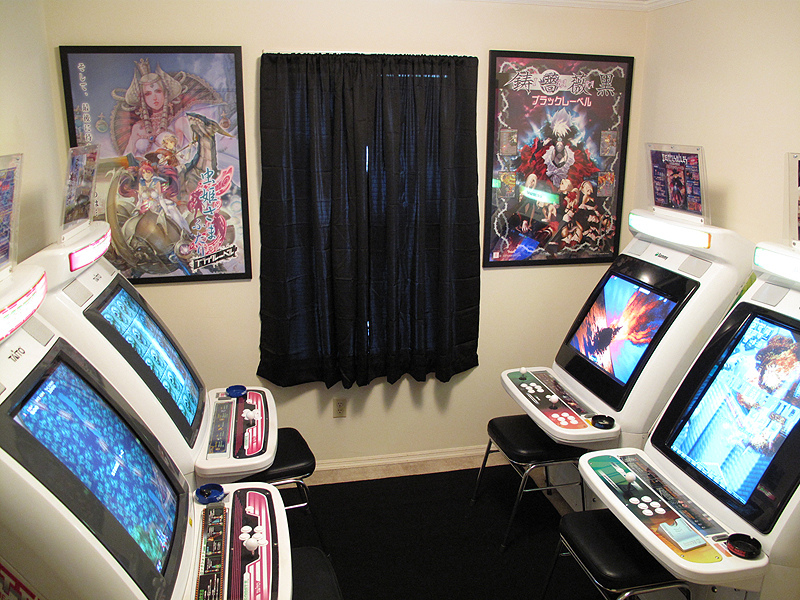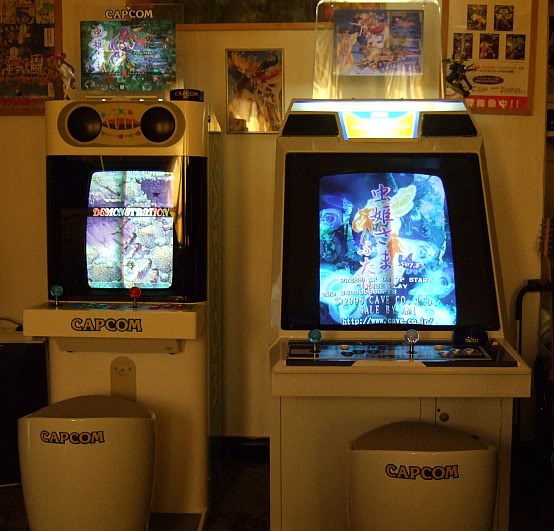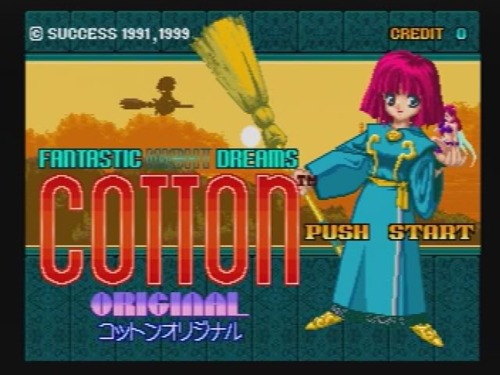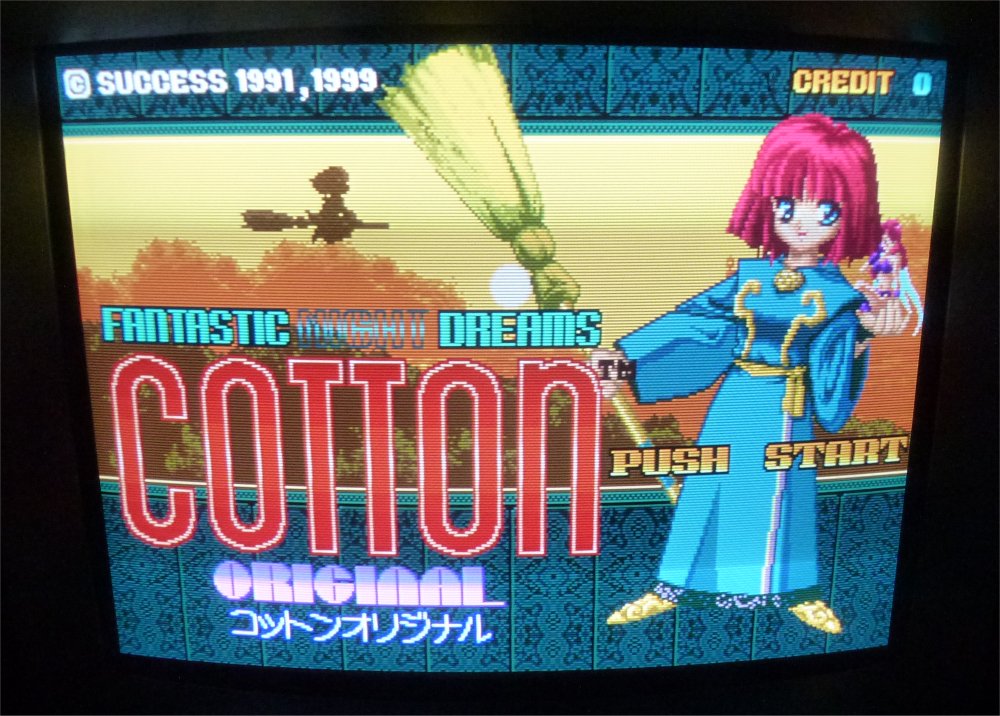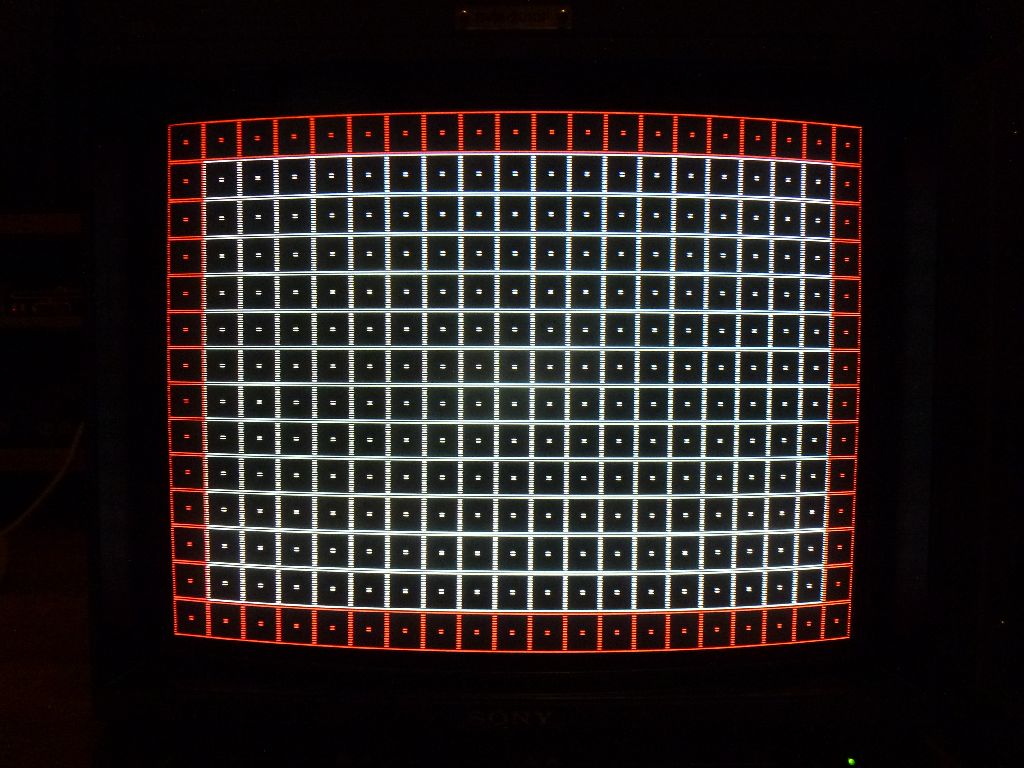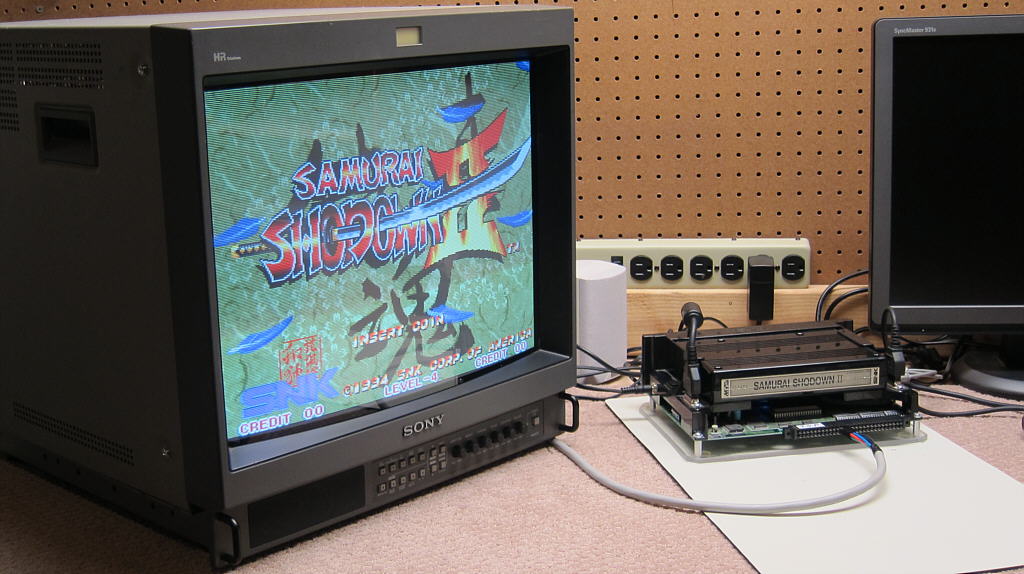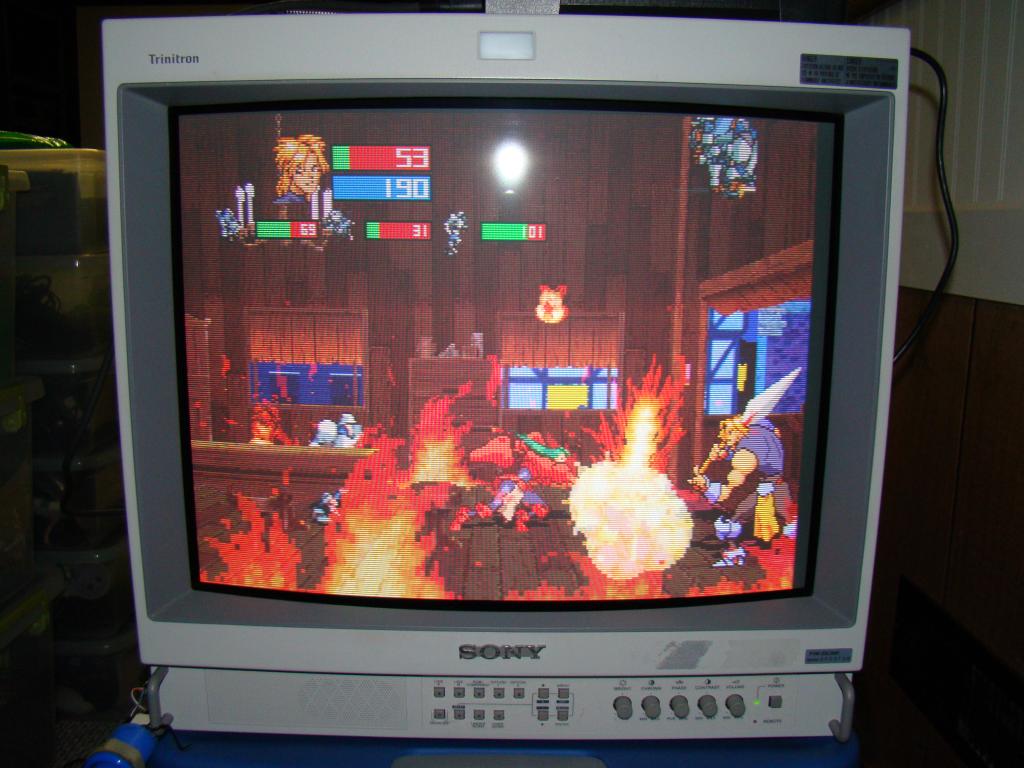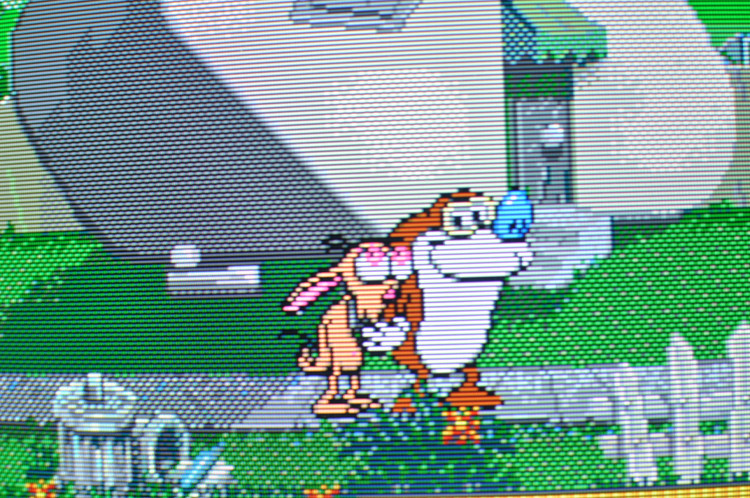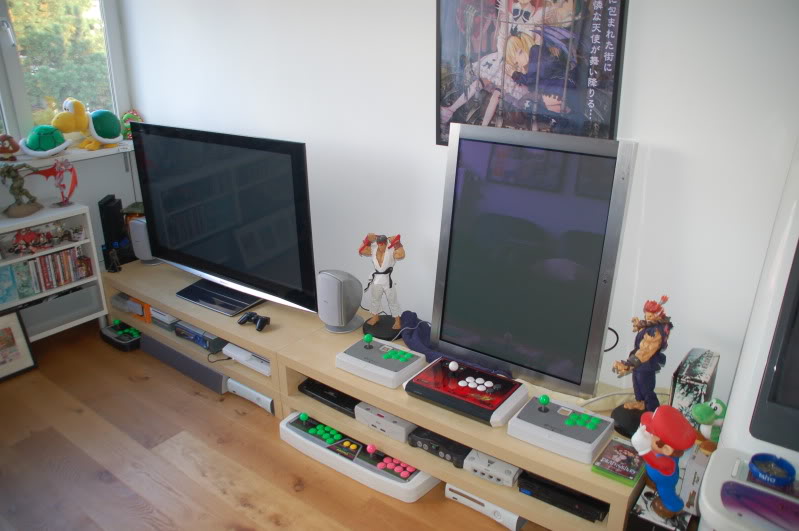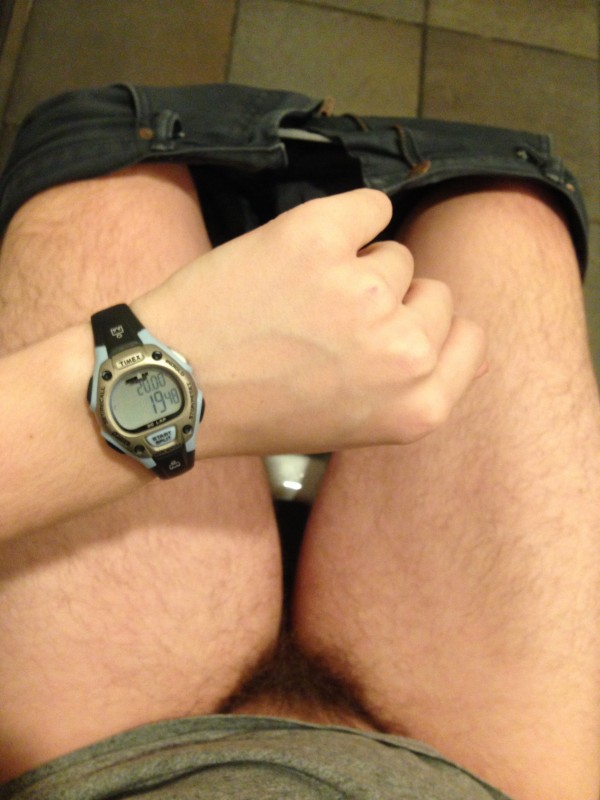An online seller is merchandising a unique body of work and revving up accidental new fans like
Babak Radboy
![]()
It’s a good thing one no longer has to preface a short interview with the proprietor of an online motorcycle-parts store with a brief history of photography, the avant-garde and the supposed end-game of conceptualism.
For a generation raised on and foreclosed by an increasingly immaterial capitalism, dematerialization offers little excitement.
It appears from here that the 20th century’s all-out war on the signifiers of authorship—mastery, intent, originality—paradoxically preserved authorship alone as the sole survivor and index distinguishing the work of art.
Today even this seems unclear. As the Frieze art fair comes to a close, and the Venice Biennale begins, it seems unavoidable, if unsettling, that the only concrete remaining distinctions may lie only in the point of purchase.
For his part, Babe-Not-Included—who wishes to remain anonymous—sells motorcycle parts on eBay.
![]() BABAK RADBOY
BABAK RADBOY
So — I’m a big fan of your store. I just clicked through something like a thousand pictures. I love the photography, but is it working in terms of sales?
BABE-NOT-INCLUDED
Oh I think so. I’ve taken things that are up for sale for a year, and I literally sold within a day once I put a girl on it, without changing the price or the description. We’ve also done things when we had two of the same bike and I put up the same description and same price—everything identical except for the picture. Not only did it help sell it faster, but I got a lot more views, which turned into more potential customers. They were looking at other things I had, so they are buying multiple items from me. They were going and looking at my other stuff because I had models—buying 2-3 things…
BABAK
Right. As I said I think I just viewed a thousand “things.”
BNI
Yeah, they check it out and they get into it, and you know “Oh yeah I need this, I need that.” And then they start buying other things. I get all kinds of guys, guys who don’t even have bikes, but they think it’s cool and buy stuff.
BABAK
Honestly I considered buying a part. Your image came up randomly in a search and I mistook them for art.
BNI
Right. Yeah. Kind of cool.
BABAK
I mean, I don’t know anything about motorcycles; I was just asking myself Why is this woman in a bikini holding a plastic ameba? When you do your edit, do you go for a certain level of ambiguity? Because that wtf moment I think definitely draws people in.
BNI
Um a little bit, yeah. The girl is usually going in a circle. We usually do the front, the side, the back, and then the other side. Or if it’s something very small. Usually its something around her chest area because it’s going to be more cropped in. If it’s showing her whole body and it’s something that’s the size of a quarter, you wouldn’t be able to tell. You’ll have to zoom in more. It depends on the item. When I am selecting 1 of the 4, I choose the one that really pops and really looks like a good display of the product.
BABAK
I get it. It’s interesting because as a contemporary artist (which I’m not), you almost have to invent the kinds of constraints and determining logics that come “naturally” to your eBay store.
BNI
Well… the main constraint is time. It’s all about time. I need to get through certain amount of parts in a certain amount of time to make it cost effective. Otherwise it’s gonna cost me too much money. We go through 100 parts in two hours or something. And it’s hard to keep it unique because as of now, we don’t do any face photos. It’s very hard to only show a torso, and you can only change up the outfit, or if they have tattoos or different skin complexions. It’s not the most exciting thing to do, especially when you’re not even smiling.
BABAK
I find the cropping of the faces really strong. I’ve seen whole babes used to sell whole bikes, but the fact that you show partial babes to sell parts of bikes is striking.
BNI
Exactly. That’s the whole point. It creates a little bit of the mysteriousness and funness to it. I mean it’s not neccasary to have a whole person; even with clothing retail there is always better sales even with a figure, a mannequin, even a torso. But it just started as a time thing; we started out with full-body shots, but it was very hard to incorporate the hair and makeup, facial expressions, smiling and blinking. And I have thousands of parts, and for me to get through it and you know, trying to make everyone look good, was just taking way too much time. In the end the girls are there for the parts.
BABAK
I definitely see that. I noticed in your work certain patterns develop; certain bike parts appear with certain body parts. The bike is anatomized to the body.
BNI
Yeah, there are certain things. Like if it’s a headlight, it’s almost always breasts. If it’s a tail light or something from the back of the bike, it’s always the butt picture. And there are certain things that just look good with the girls and a female figure, too. We had a set of forks, and they were long—two of them—and they run and sometimes they criss-cross; they’re feminine or something. You know, it just goes very well with the girls’ figures.
BABAK
When you think of a biker’s relationship to his bike, do you think the bike has a feminine character the way, say, a ship does?
BNI
Oh yeah. I definitely think, just by polishing them, you would find them attractive and sexy and things like that. And that’s why a lot of guys are into customizing, because you’re just making them more appealing. Guys really get attached to their motorcycles, too. It’s like a relationship when you own a motorcycle. You put a lot of money into them. You ride them all the time…
BABAK
So the bikes are definitely female?
BNI
Yeah, yeah. I cheat on my fiancée; I call my bike my girlfriend.
BABAK
I was reading a message post where someone suggested you grant equal opportunity for gay shoppers and do a gay version of the site since there are a lot of gay men who are into bikes.
BNI
Really? I don’t remember that, but possibly. I have gotten a couple of questions; sometimes they might be serious but sometimes they’re just joking around. I haven’t really pursued that… haha, um.
BABAK
I don’t know if you have many gay friends who are into bikes. Do you think they see their bikes as male or female?
BNI
Ha! I don’t know, I definitely do not… But I wouldn’t see why not. If that’s what they find attractive and curvy and sexy… I guess it’s whatever your mind is into. I guess I’m an open-minded. I have friends who are gay. So whatever floats your boat. A babe could be, if we all want to go down that road, a guy.
BABAK
Who styles these pictures? The clothes are awesome.
BNI
My fiancé and I are both shopaholics when it comes to clothes. I have big bins full. One is just tops. One’s bottoms. One’s shoes and different things. We’re always out and about looking for and come up with ideas, modifying stuff — we’ve cut tank tops, we just try to change it up. I’m really into fashion. Actually that’s kind of part of the deal, that they get to keep whatever they wear, which helps me eliminate a lot of repeats.
BABAK
Do you get many complaints about the site?
BNI
To be honest, I’ve gotten three. And I thought it was actually going to be worse. Hopefully you don’t put anything in the article too much about that. I don’t want to make it trashy. For example, I stopped for the most part shooting girls with really dirty used bike parts. I’d taken photography classes in high school, and I’ve always been interested in it, but I am not a professional photographer. I am learning more; I try to make the look of everything more professional.
BABAK
I find the effect is weirdly more objective than objectifying.
BNI
Umm yeah, totally.
BABAK
I mean it occurs to me: if you are simply using the image of a female body as a way to draw eyes to an image of a part you want to sell, why not just do a diptych or just Photoshop an existing babe pic behind the part?
BNI
Yeah, I’ve been asked if they’re Photoshopped or if they’re real. I always try to get them to either put their hands in front of it or be touching the items or somehow incorporating them to make it look more three-dimensional, because I was realizing that they were just working as a backdrop, which to me is kind of cheating. I use a white bench a lot of times or different tables to prop things up. I’m trying to make it realistic and make it like an experience.
BABAK
I think it comes across. You’ve developed a practice through experimentation; you have certain constraints, but you are getting some kind of creative fulfillment out of it.
BNI
Yeah, absolutely. I’m glad, because I do know that people see it that way. I don’t want to come off awfully disrespectful to females or anything. I think art is art. I’m into all kinds of motorcycles, and for me they are like art. I have one just hanging on the wall because it is cool looking. I figured there’s nothing wrong with using a female, only if it’s done in a tasteful way. It’s fun and attractive, and it’s a brand now. It’s something people enjoy and support.
BABAK
What kind of creative inspirations do you have, as far as artists and photographers? Is that stuff you’re into?
BNI
Not right now. I’m just fascinated by images. Especially with what people can capture with photography. You know, a film camera, that to me is true photography. I always have a real appreciation for people who pick up a regular 35mm or any film camera and produce a really cool image.
When I was younger I did a lot of 35mm black and white photography. I’ve been so busy in my life with working and everything. I didn’t have a lot of hobbies. It’s kind of fun now to incorporate what I do at work and my hobby. It’s definitely got me into taking more pictures generally.
I used to draw a lot, and loved playing on the computer with graphic design. I haven’t done it at a higher level in years. I started get back on Photoshop and relearning all the stuff I used to do. That’s why I like motorcycles. I can customise, just change things and use your imagination.
BABAK
There’s one model I’m interested in. She’s got a tattoo of an Latin motto on her chest, “Odi et Amo.” Is she a friend of yours or did she come from an agency?
BNI
I don’t use agencies; I just use Model Mayhem. She’s one of the original girls who come shoot with me. She’s got all kinds of tattoos; they all got meanings and stories of why she got them.
BABAK
That one works really well. You see it in a photo, it almost looks like a caption: Here’s a pair of breasts, here’s a fiberglass cowl, and the caption is “I hate and I love.”
BNI
Hahahaha yeah, it really messes with your mind, eh?
Babe Not Included
Credits
Interview Babak Radboy
Special Thanks Babe Not Included
Photo Editor Avena Gallagher















 BABAK RADBOY
BABAK RADBOY







